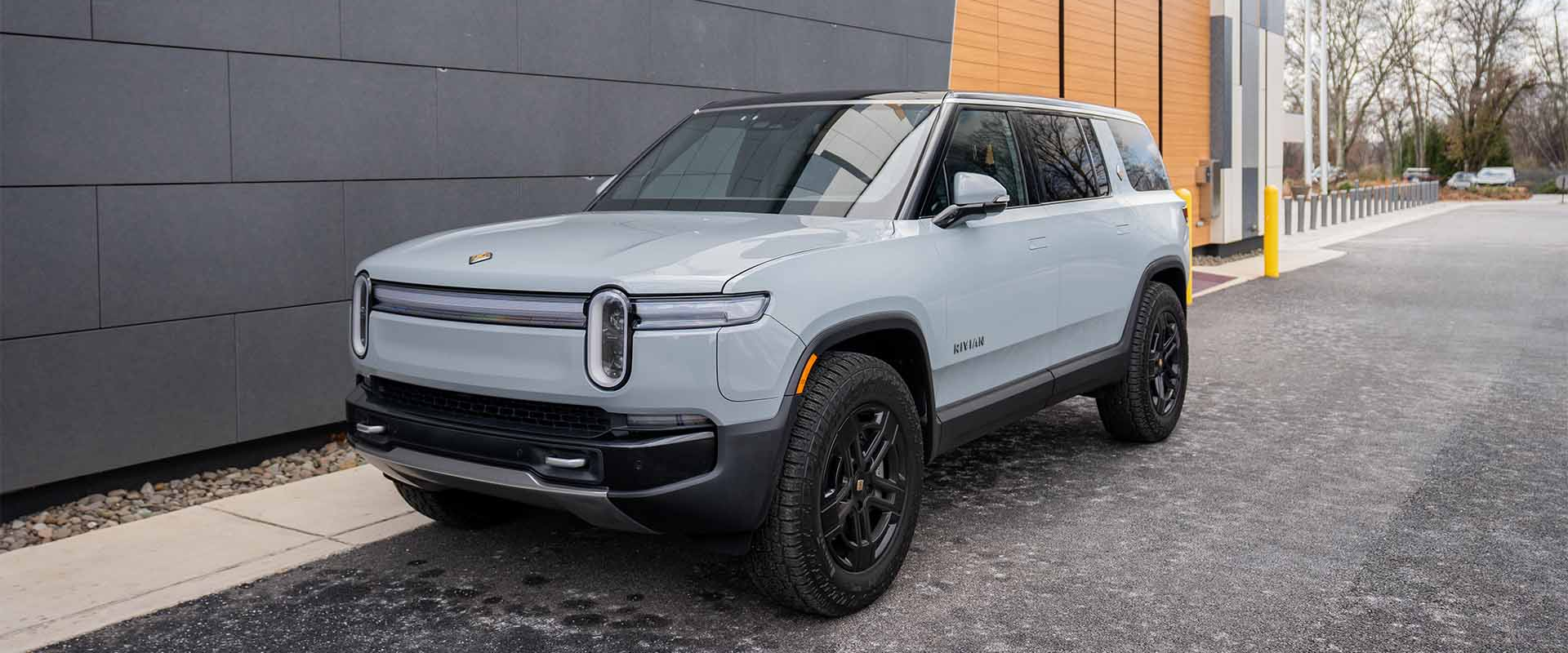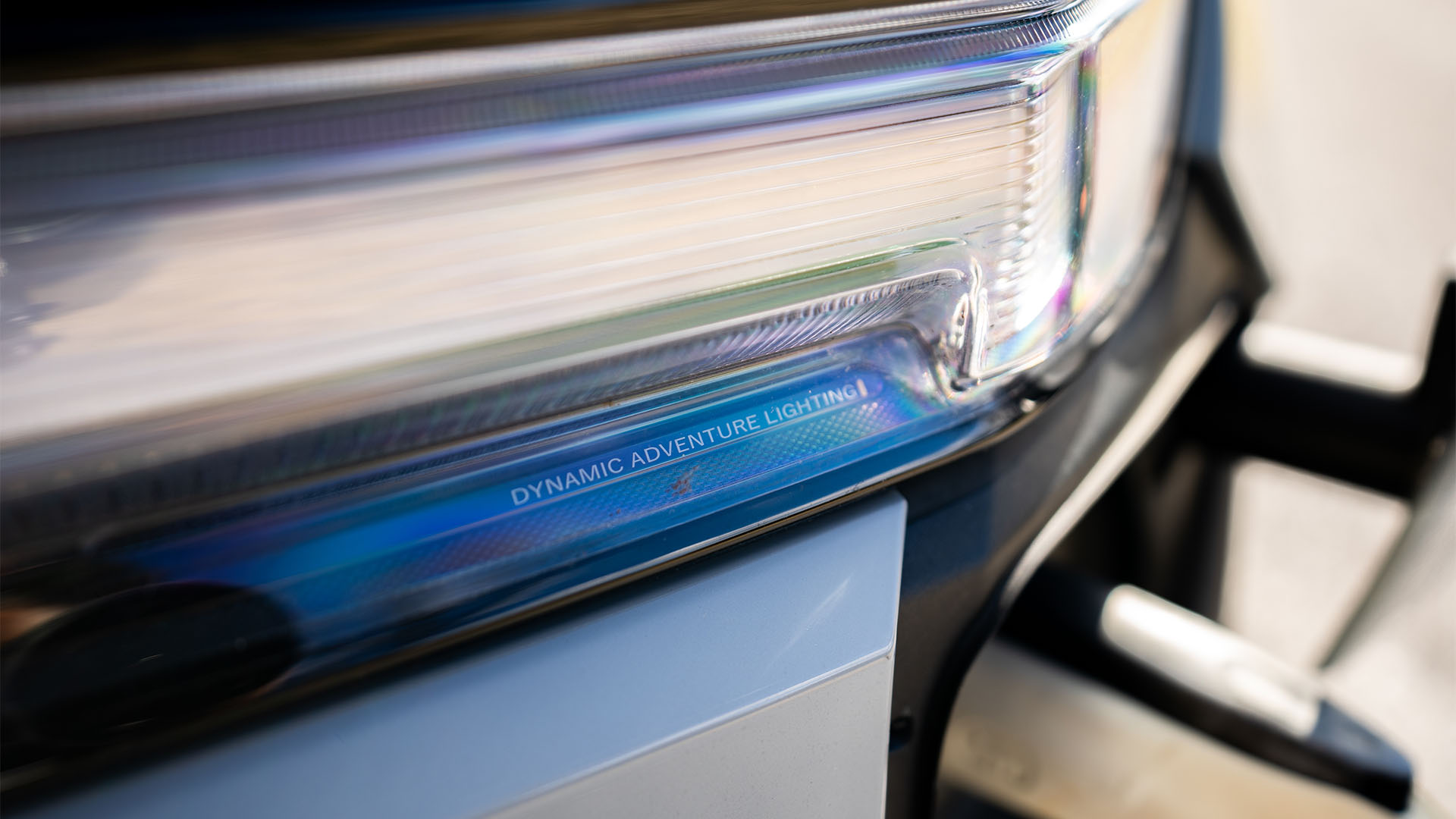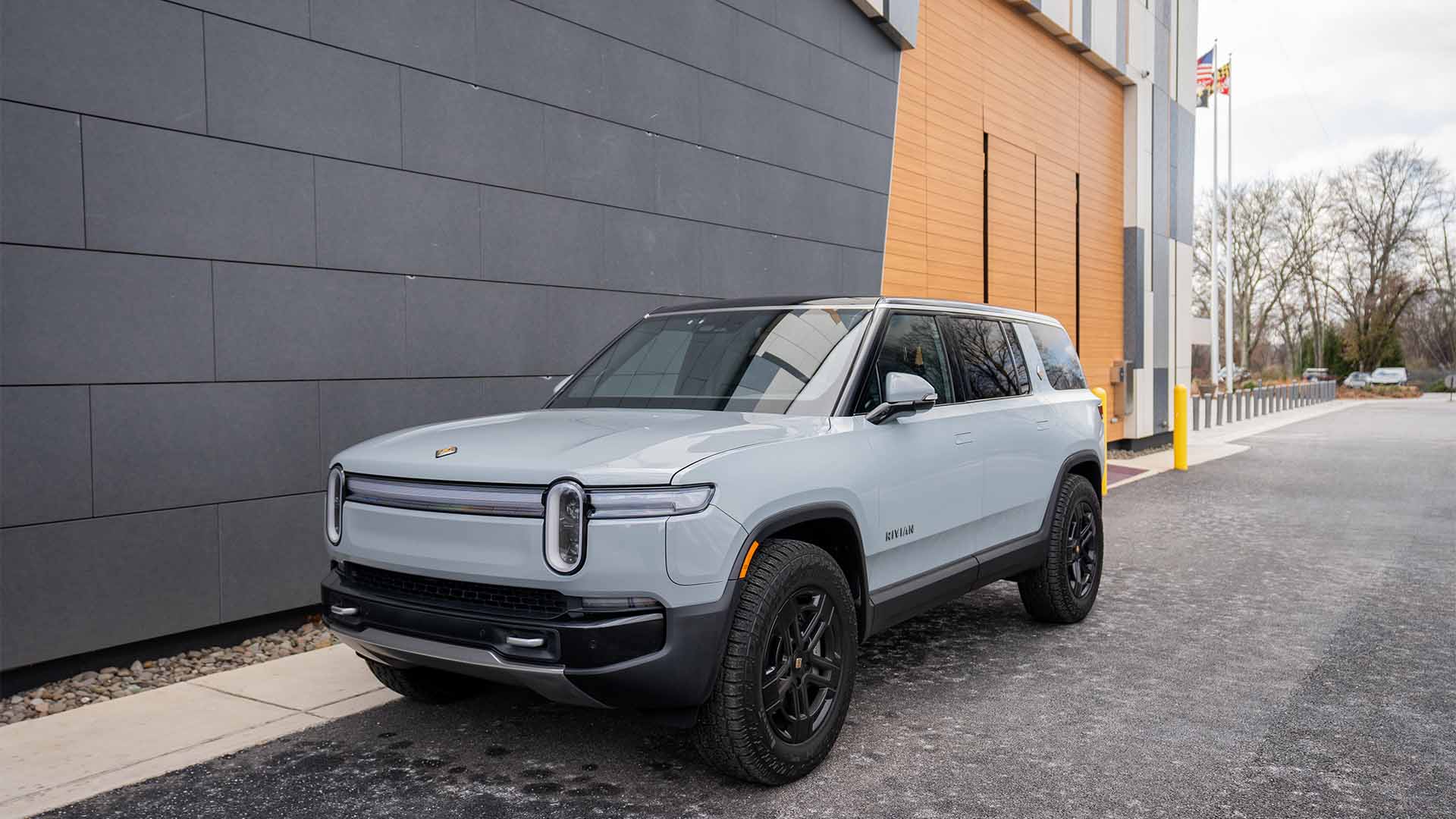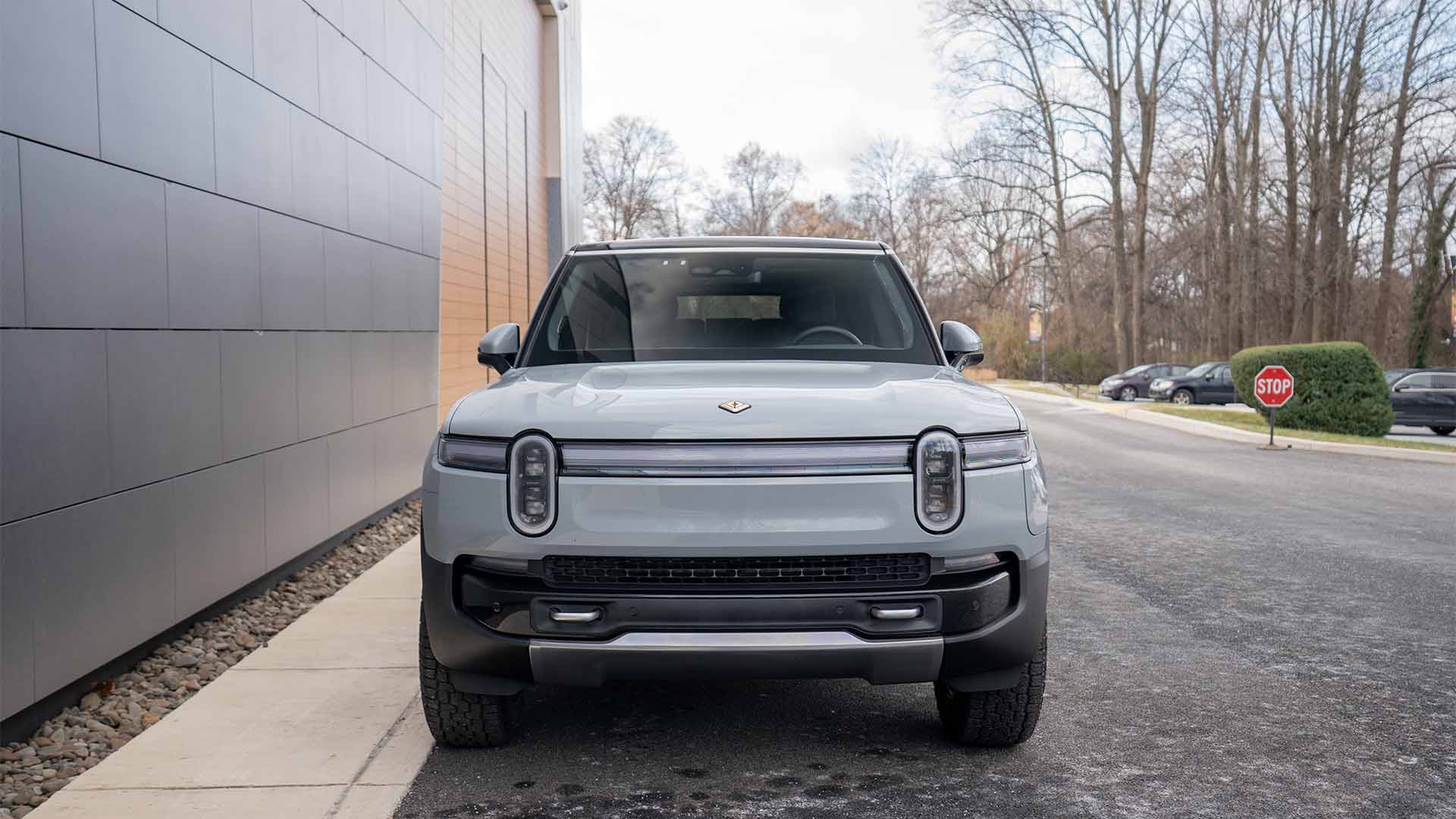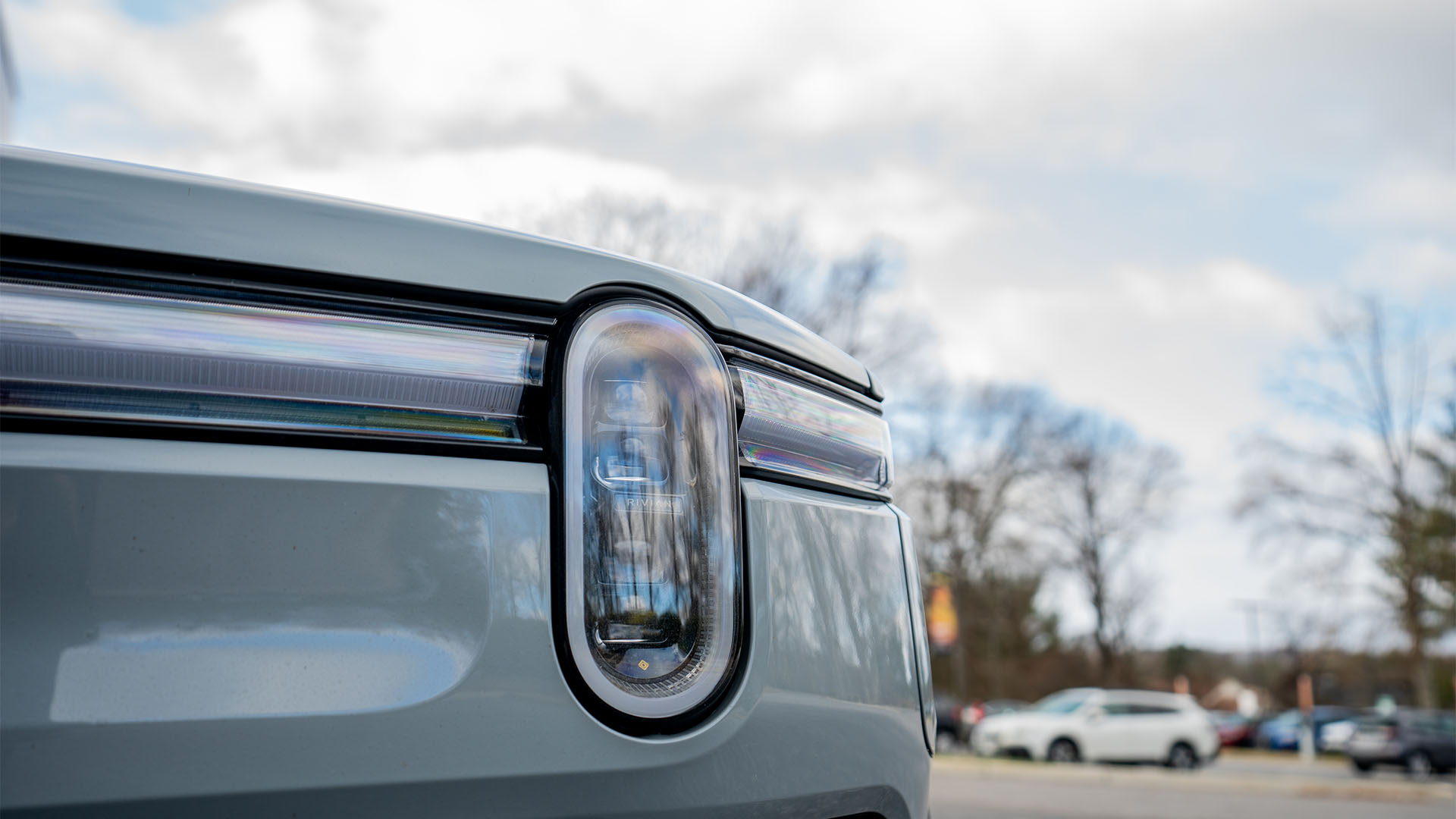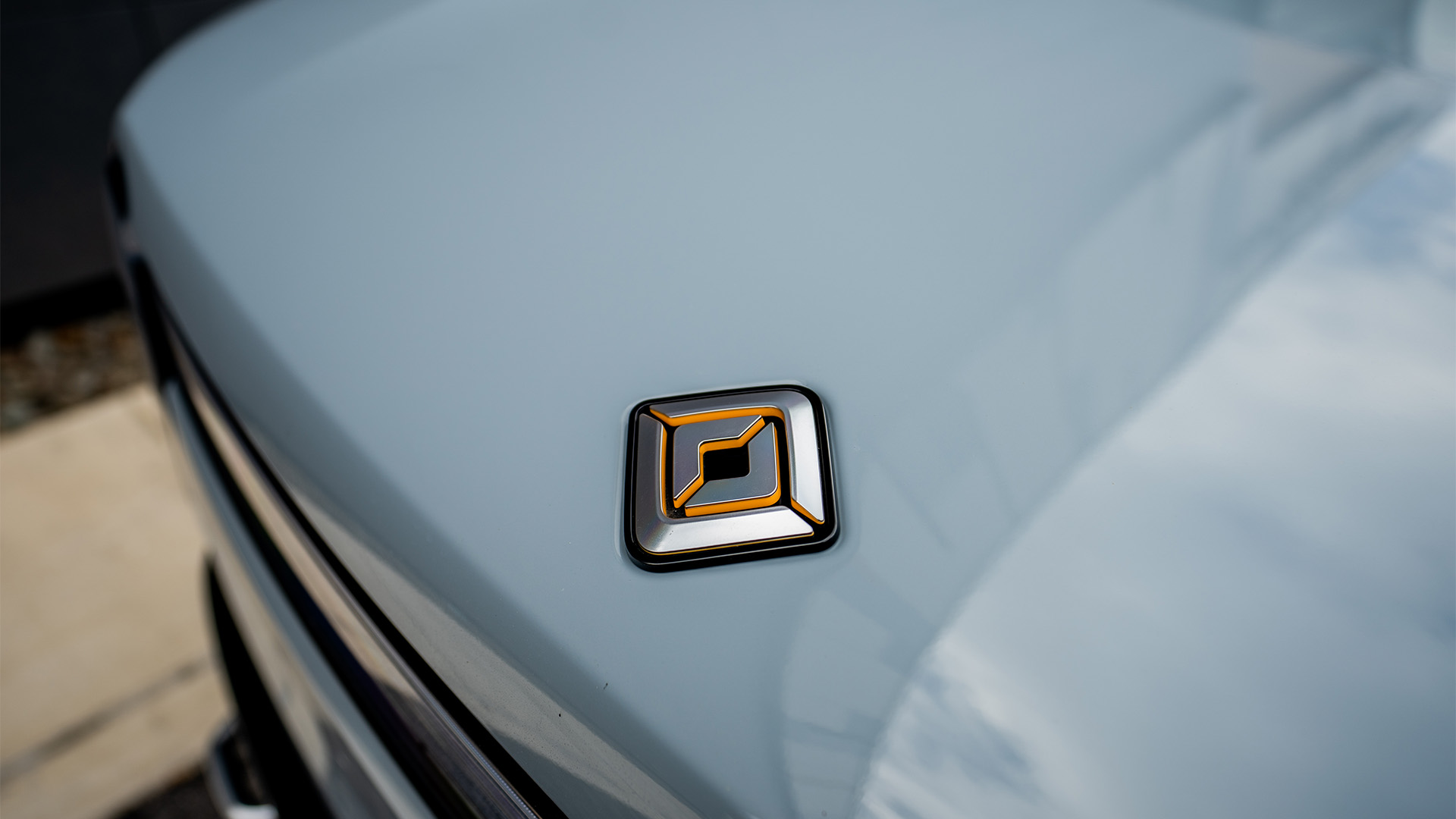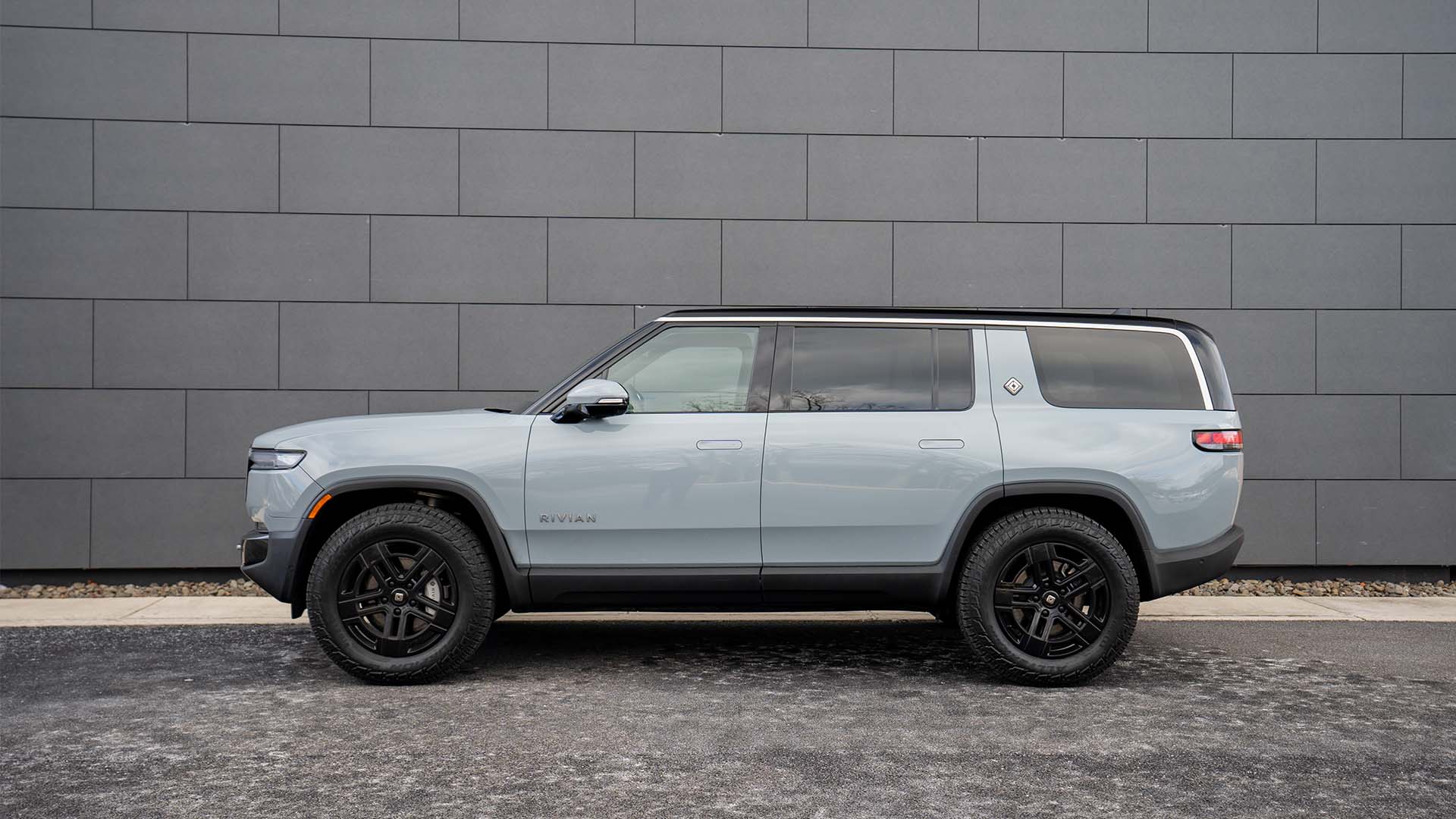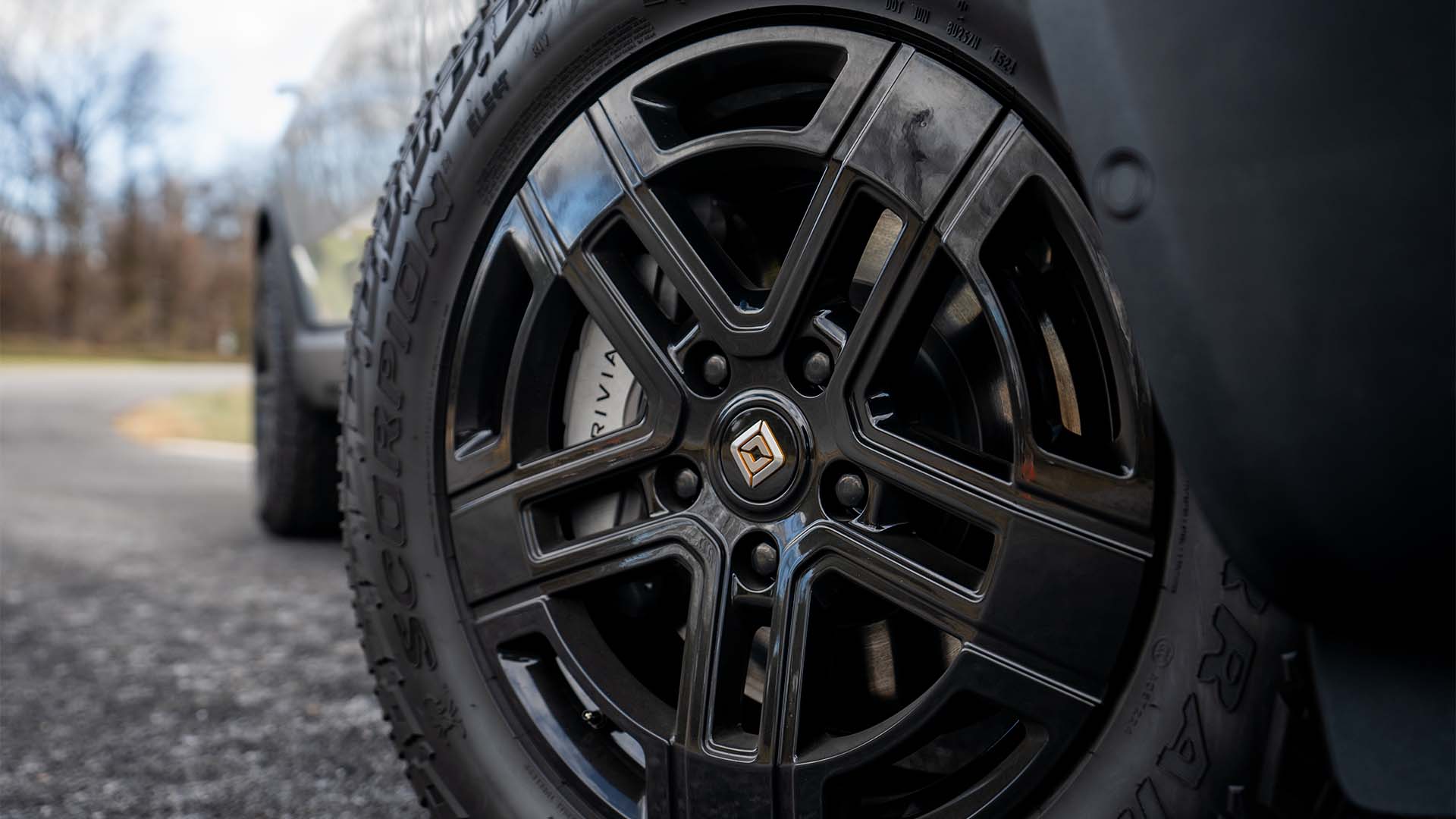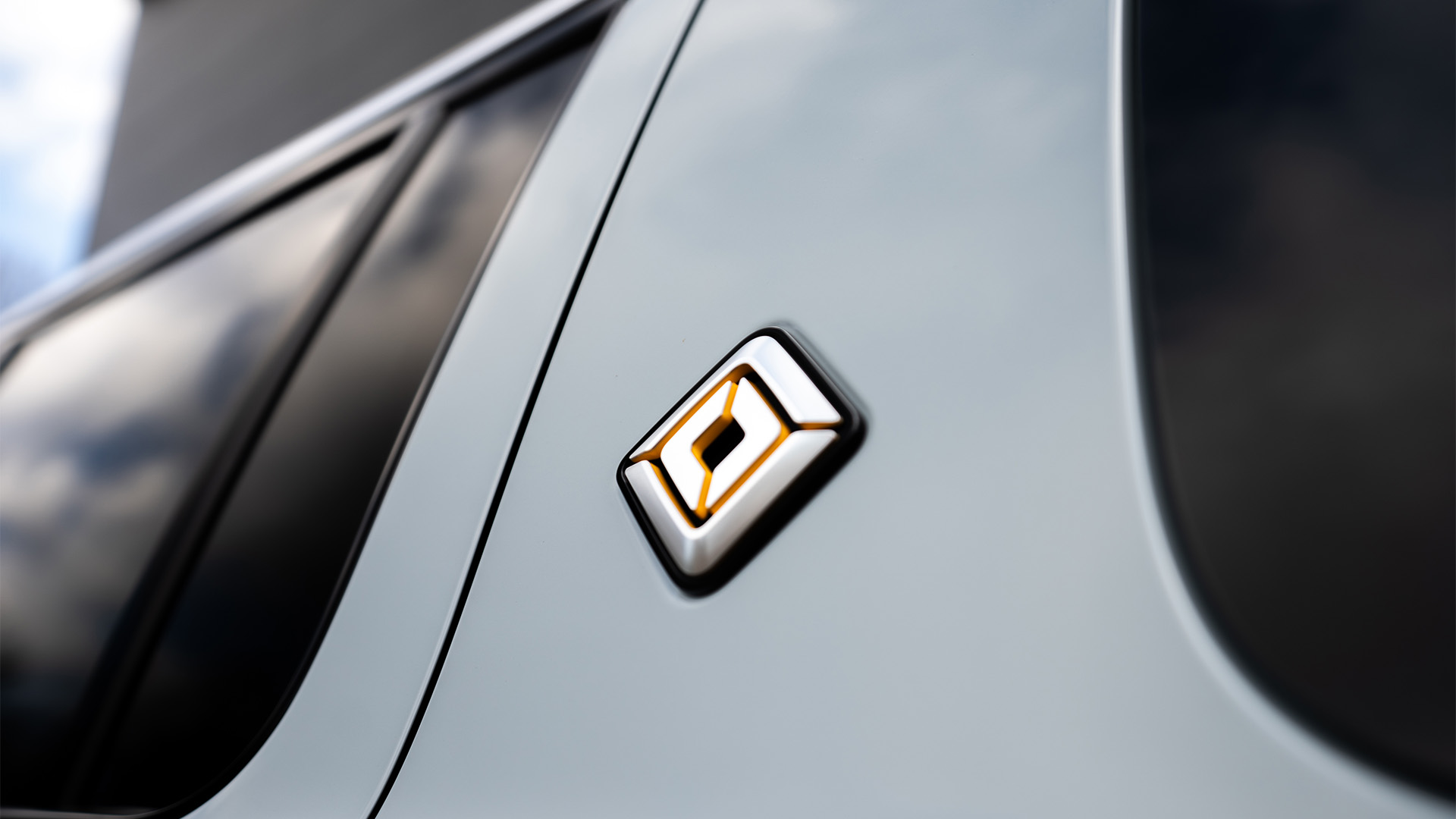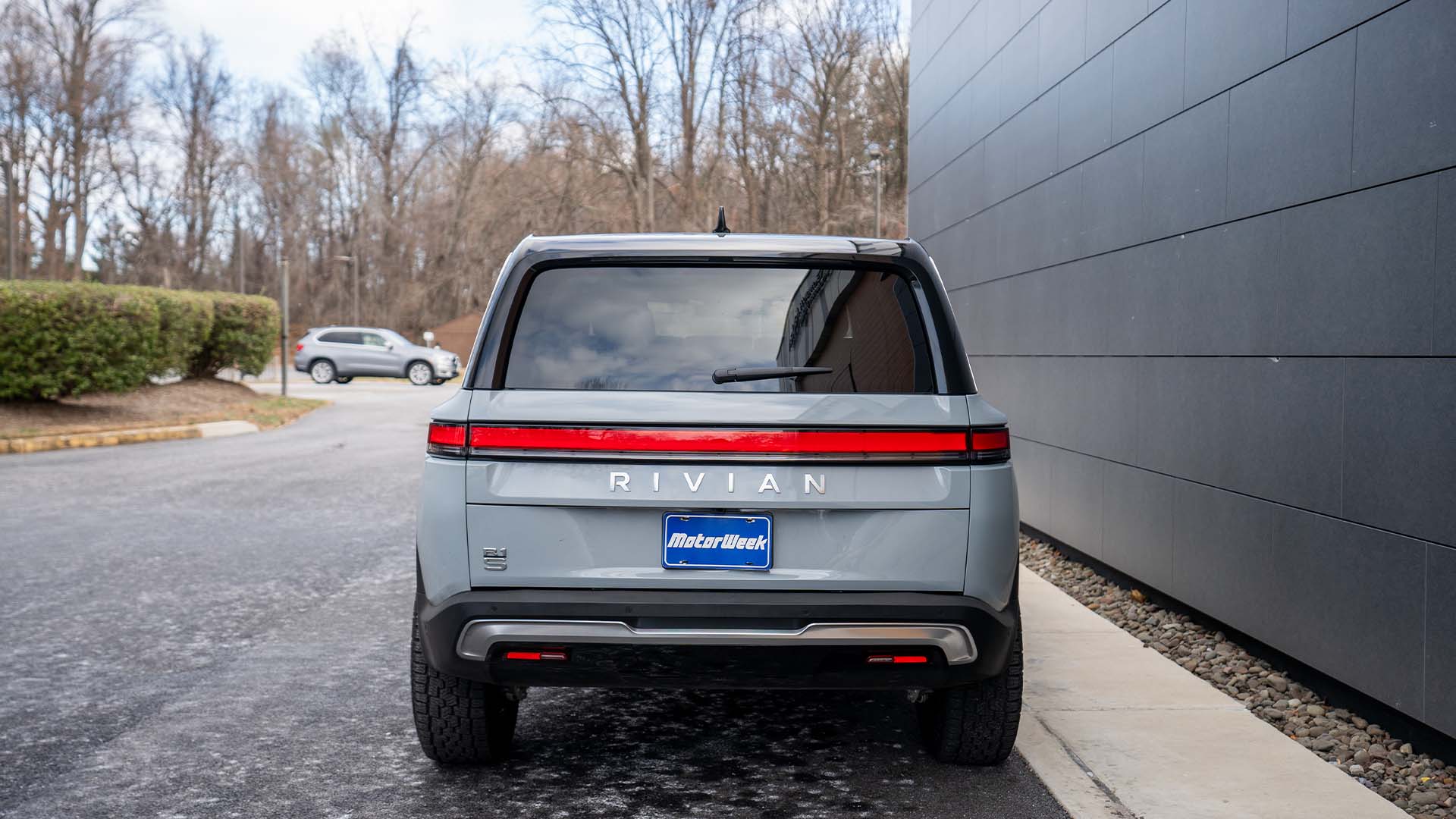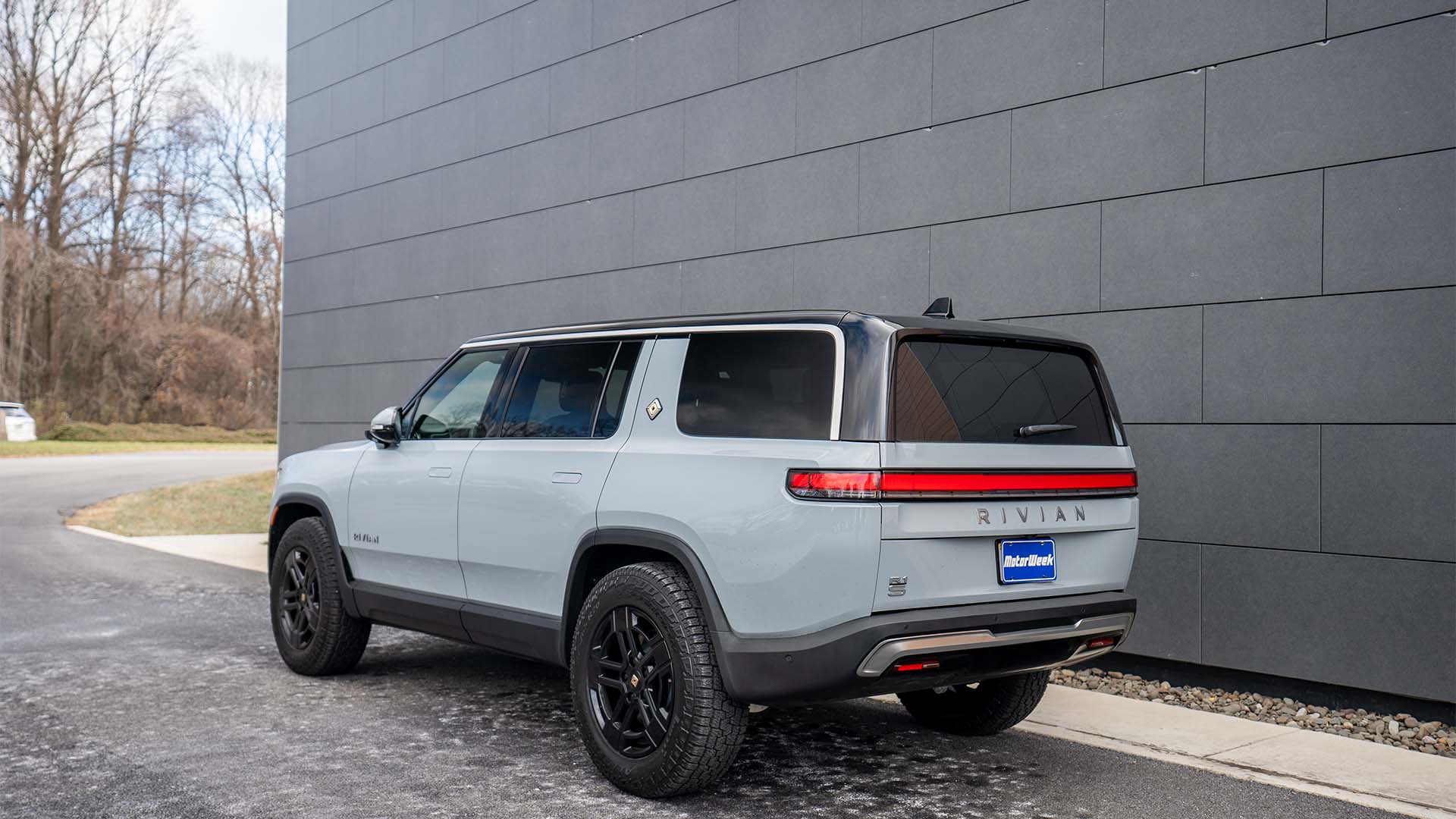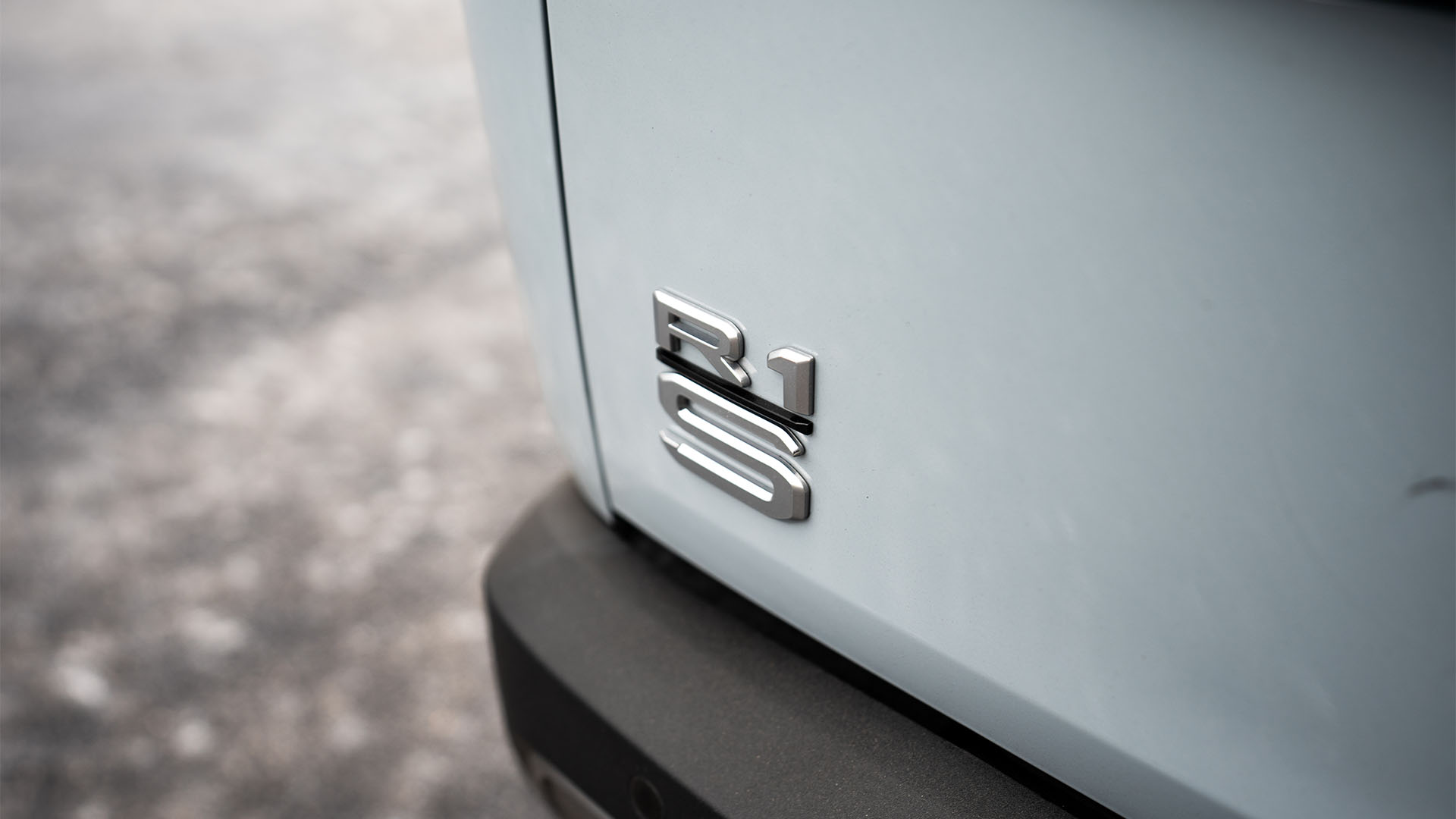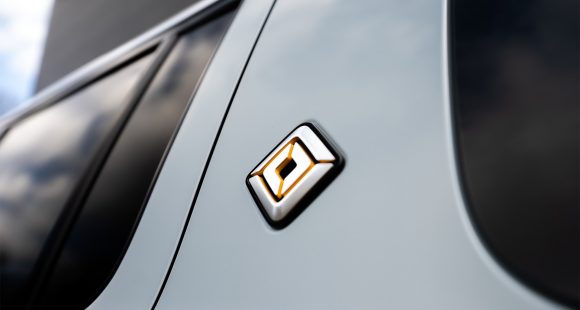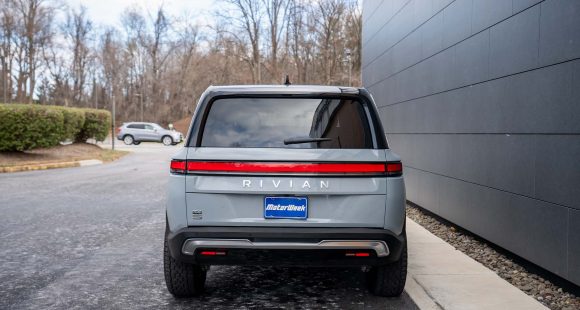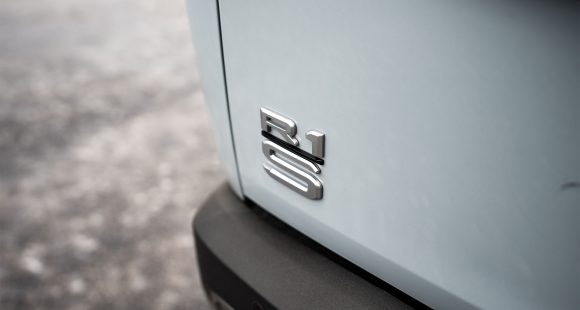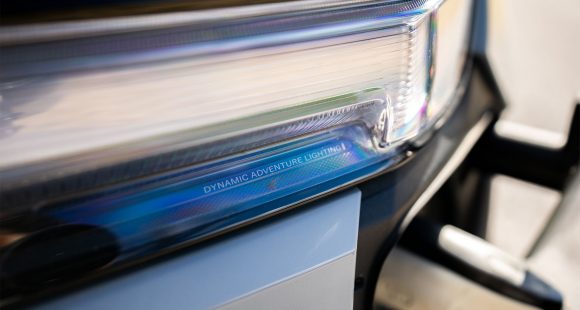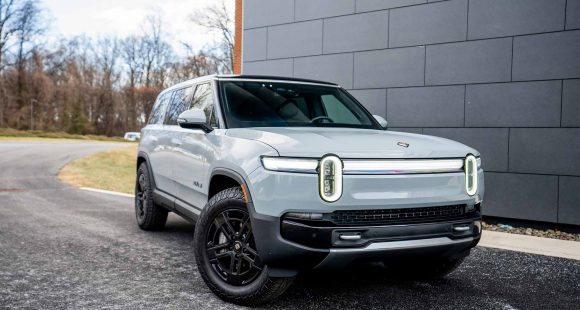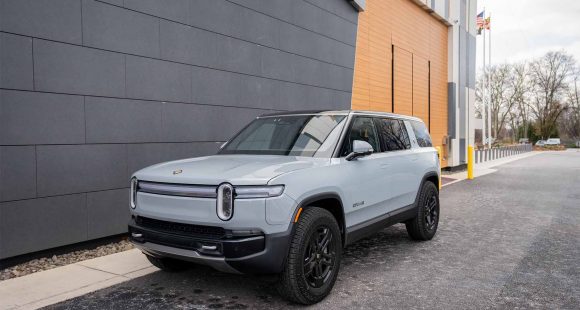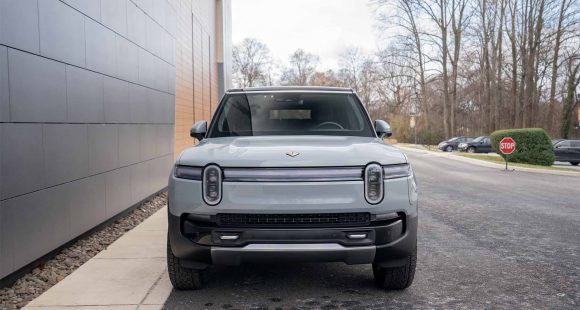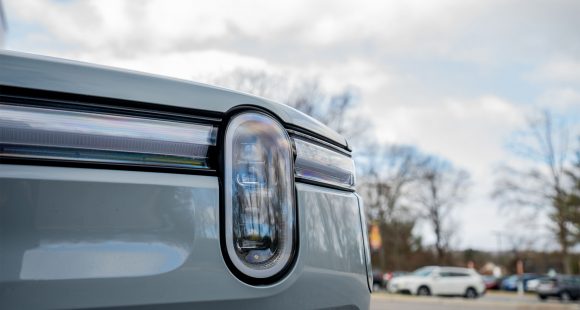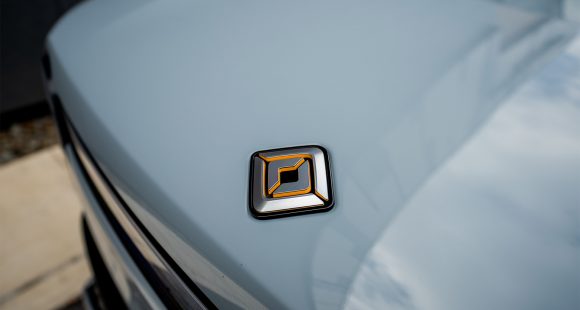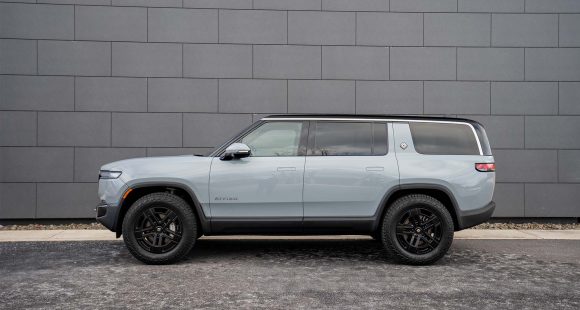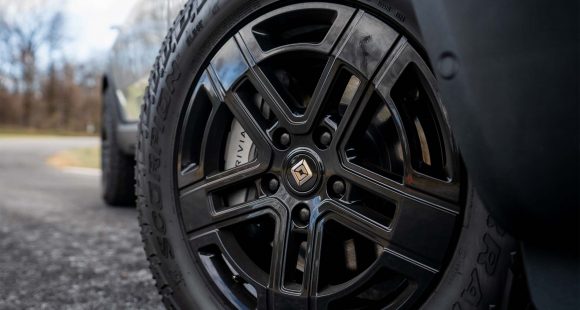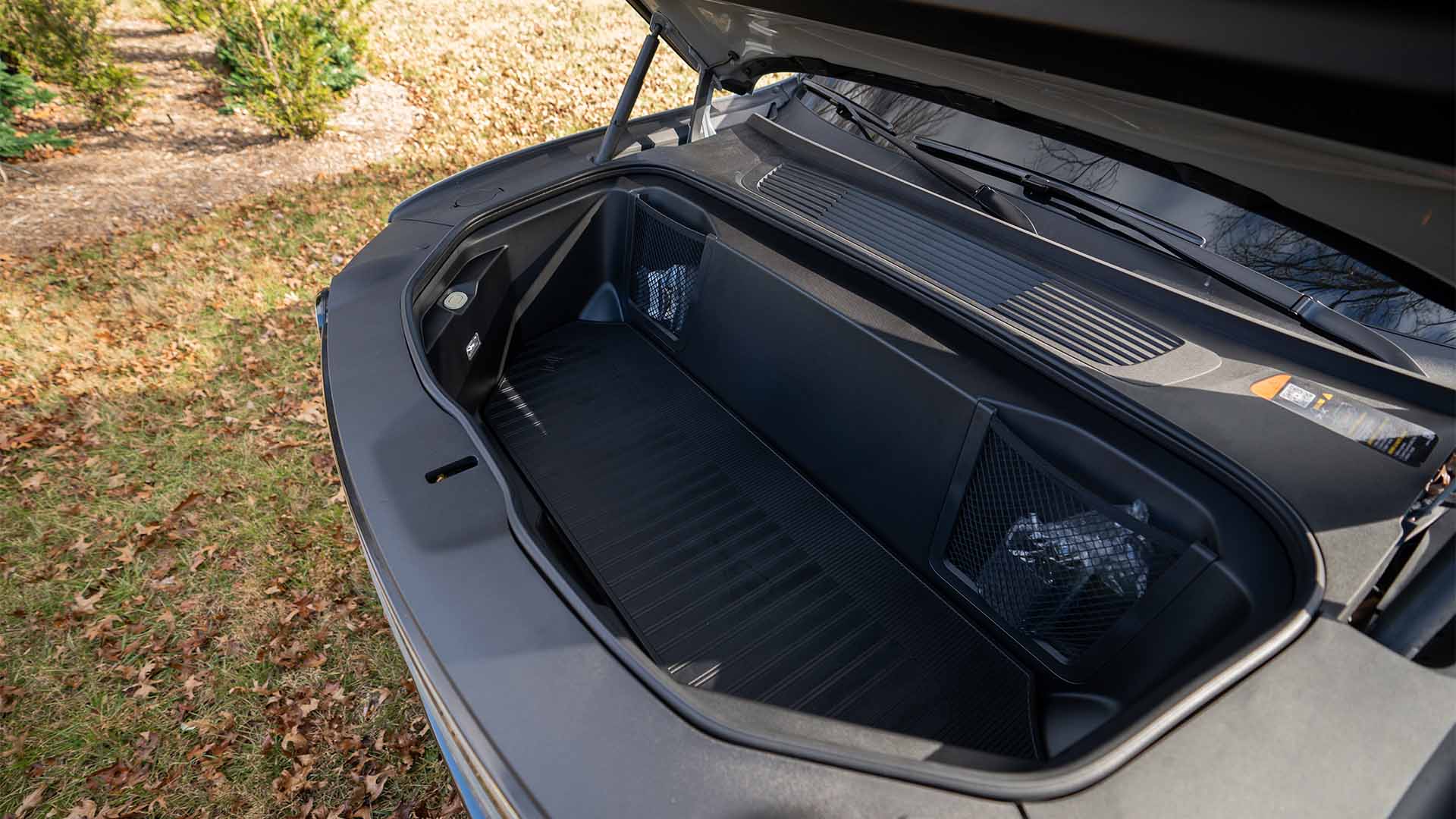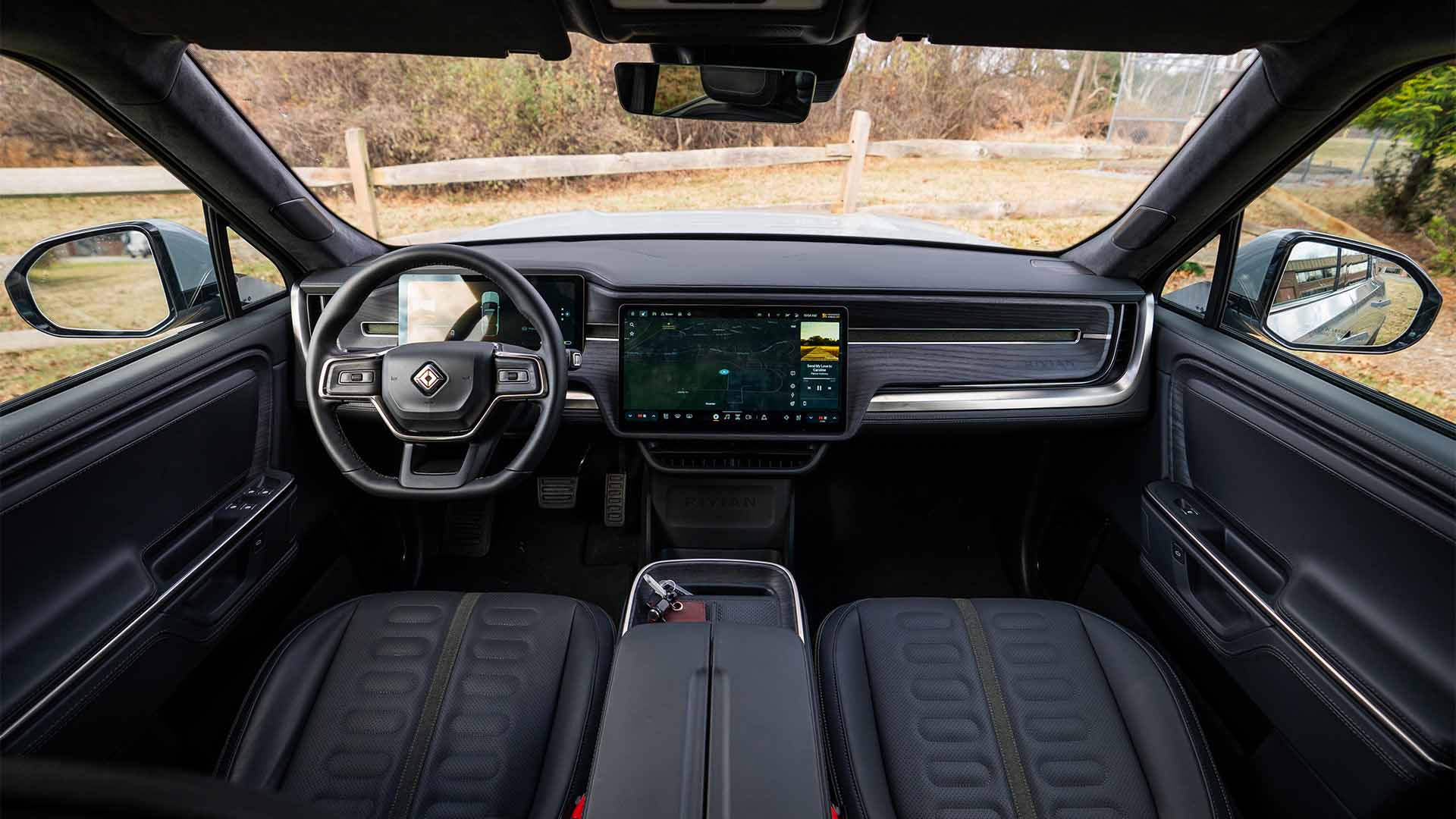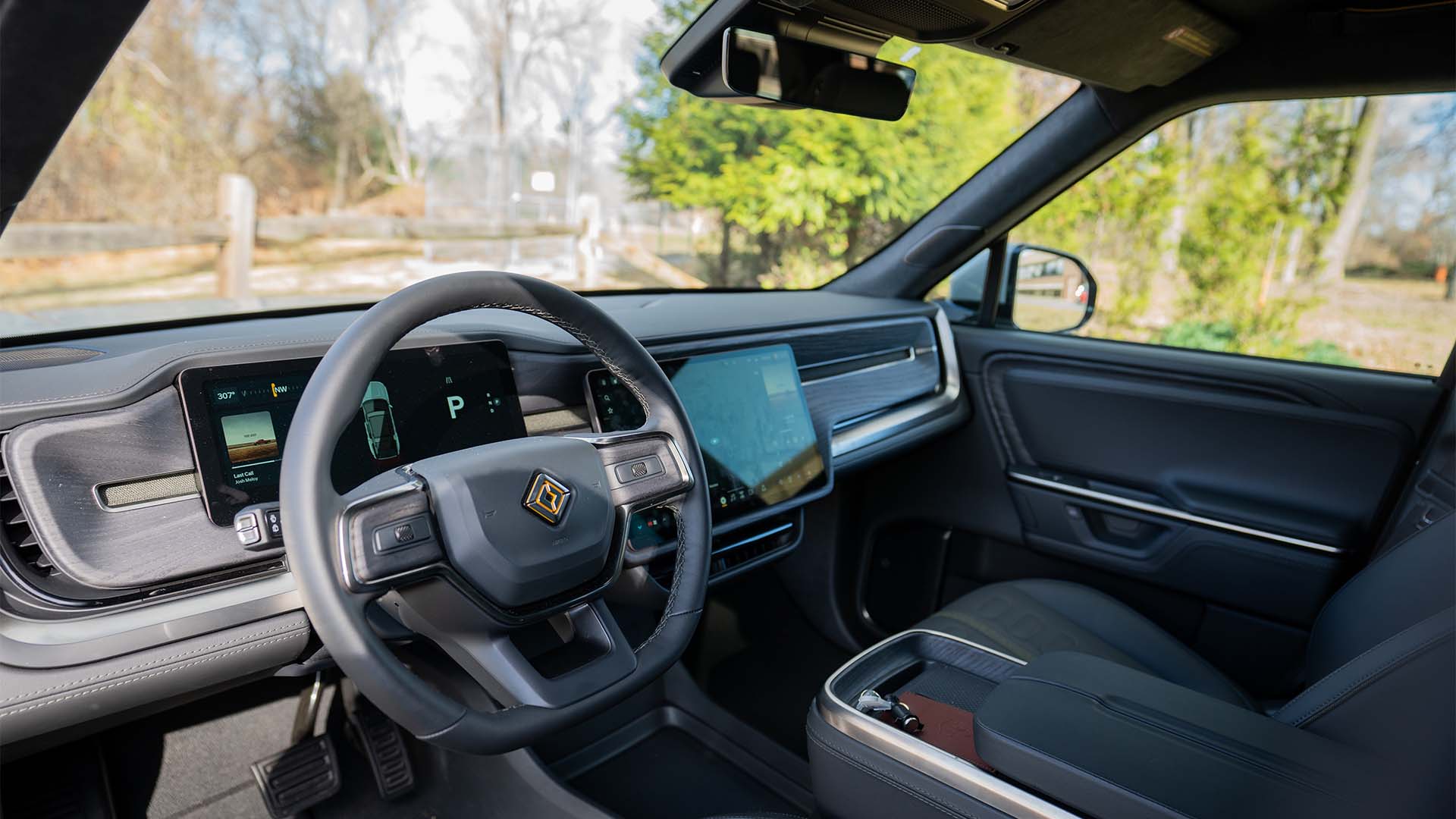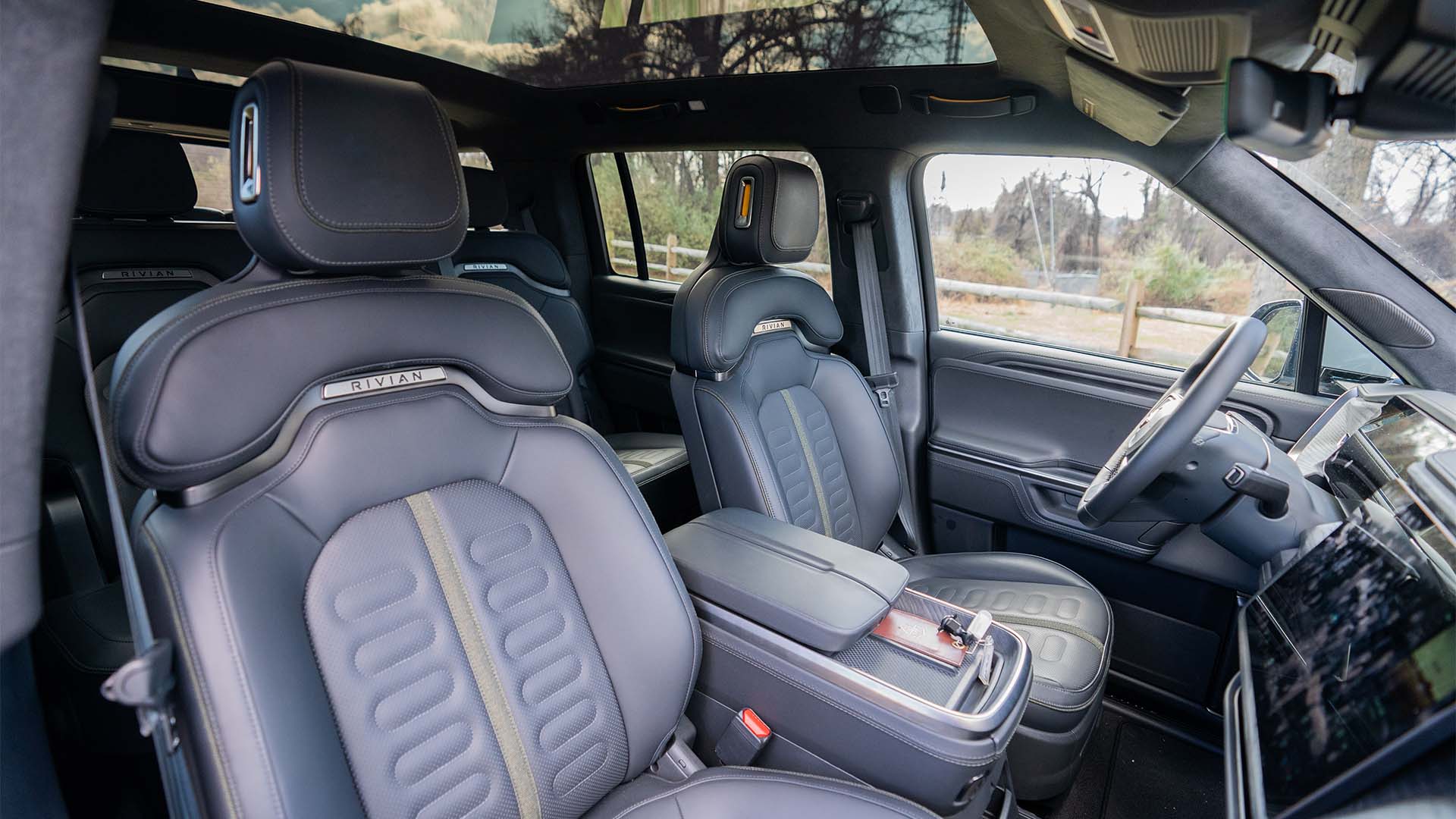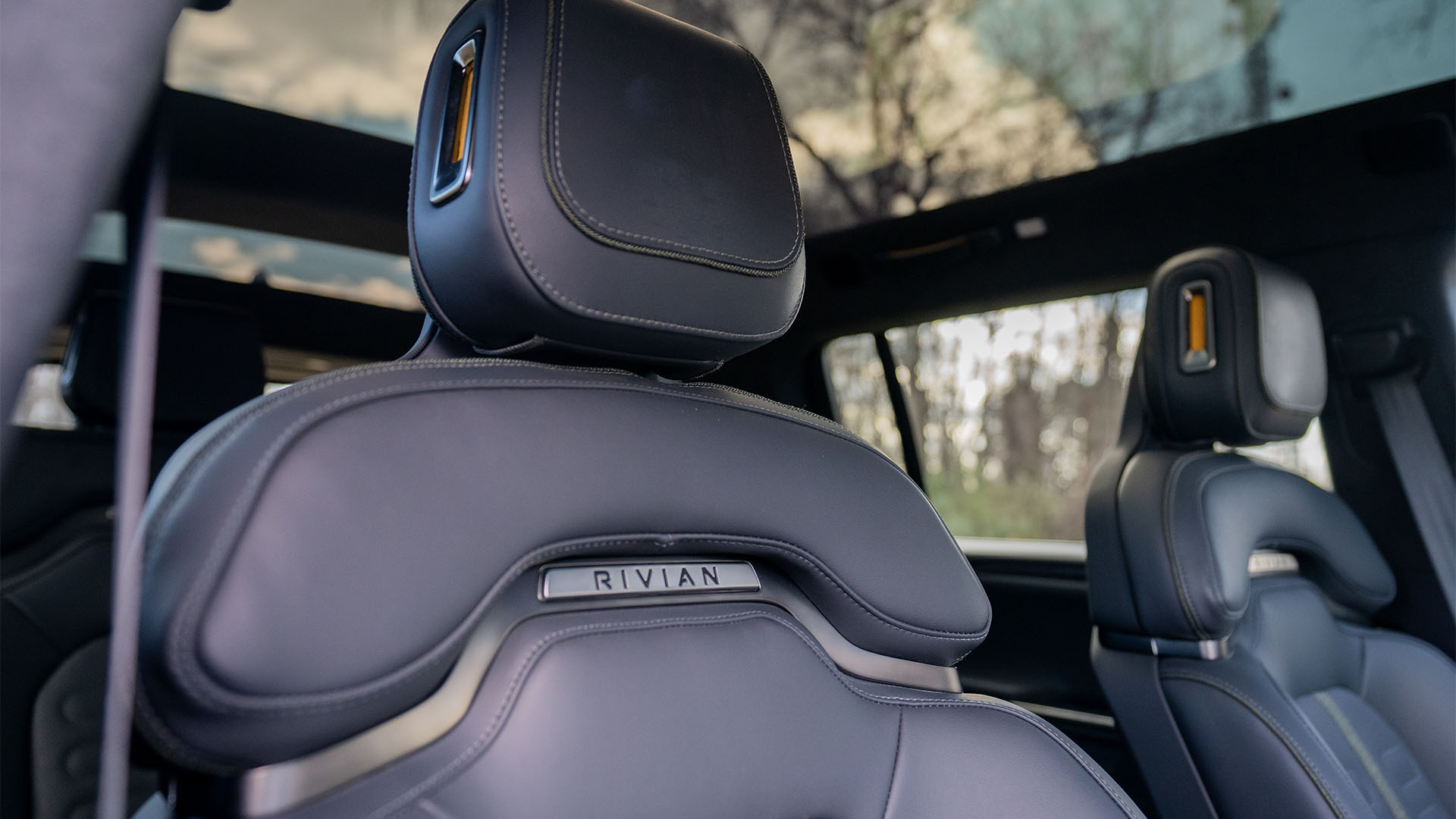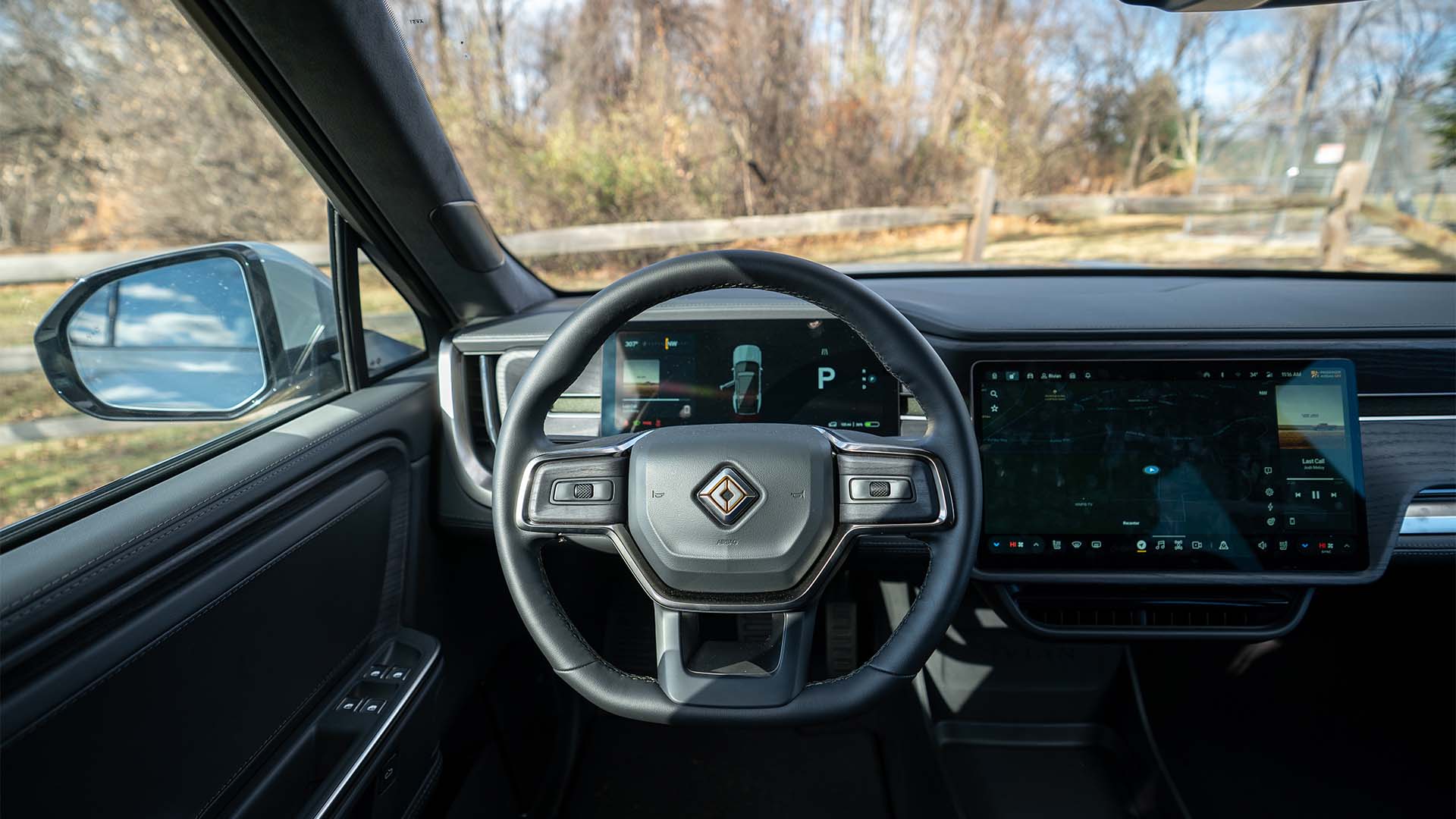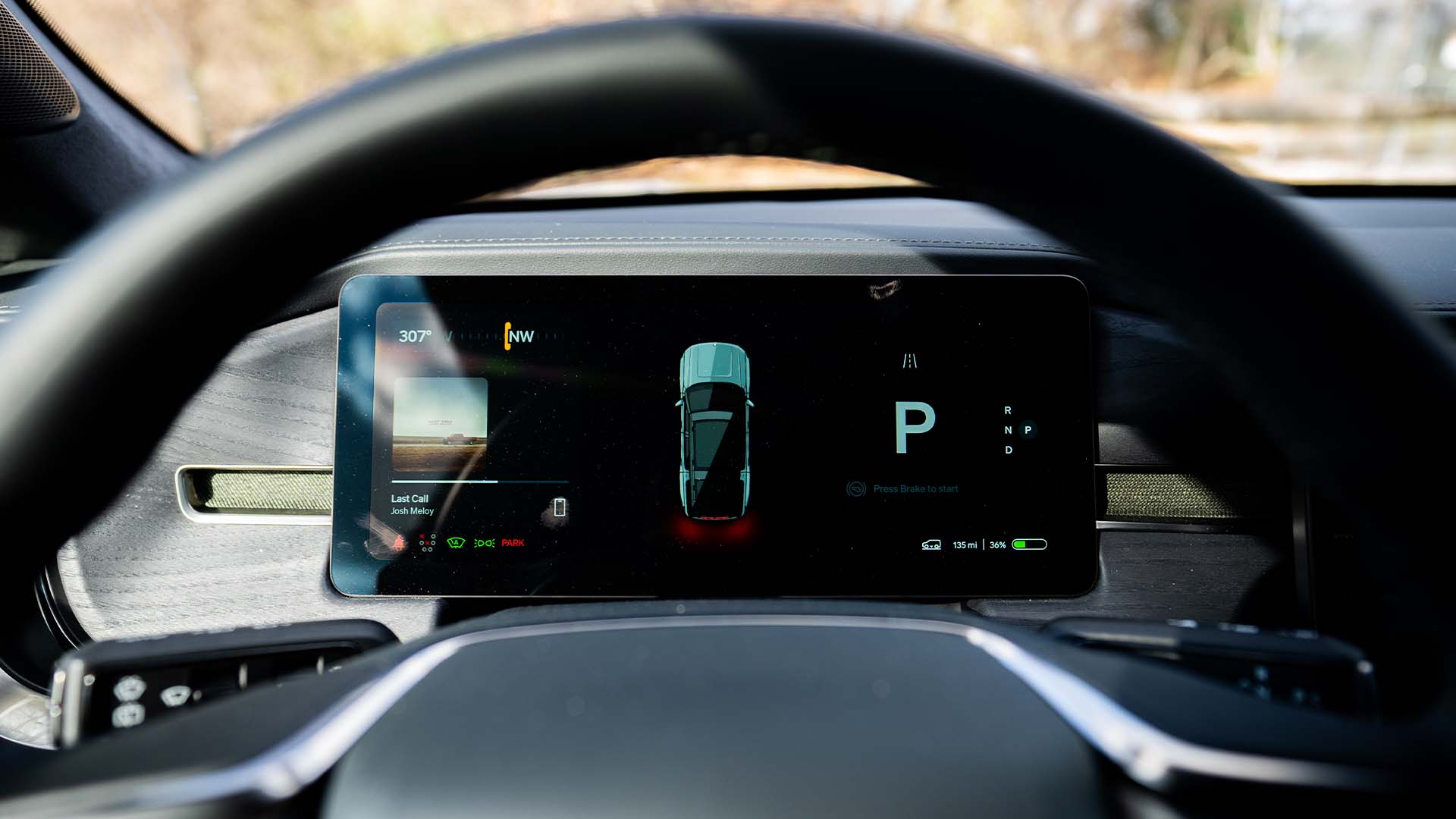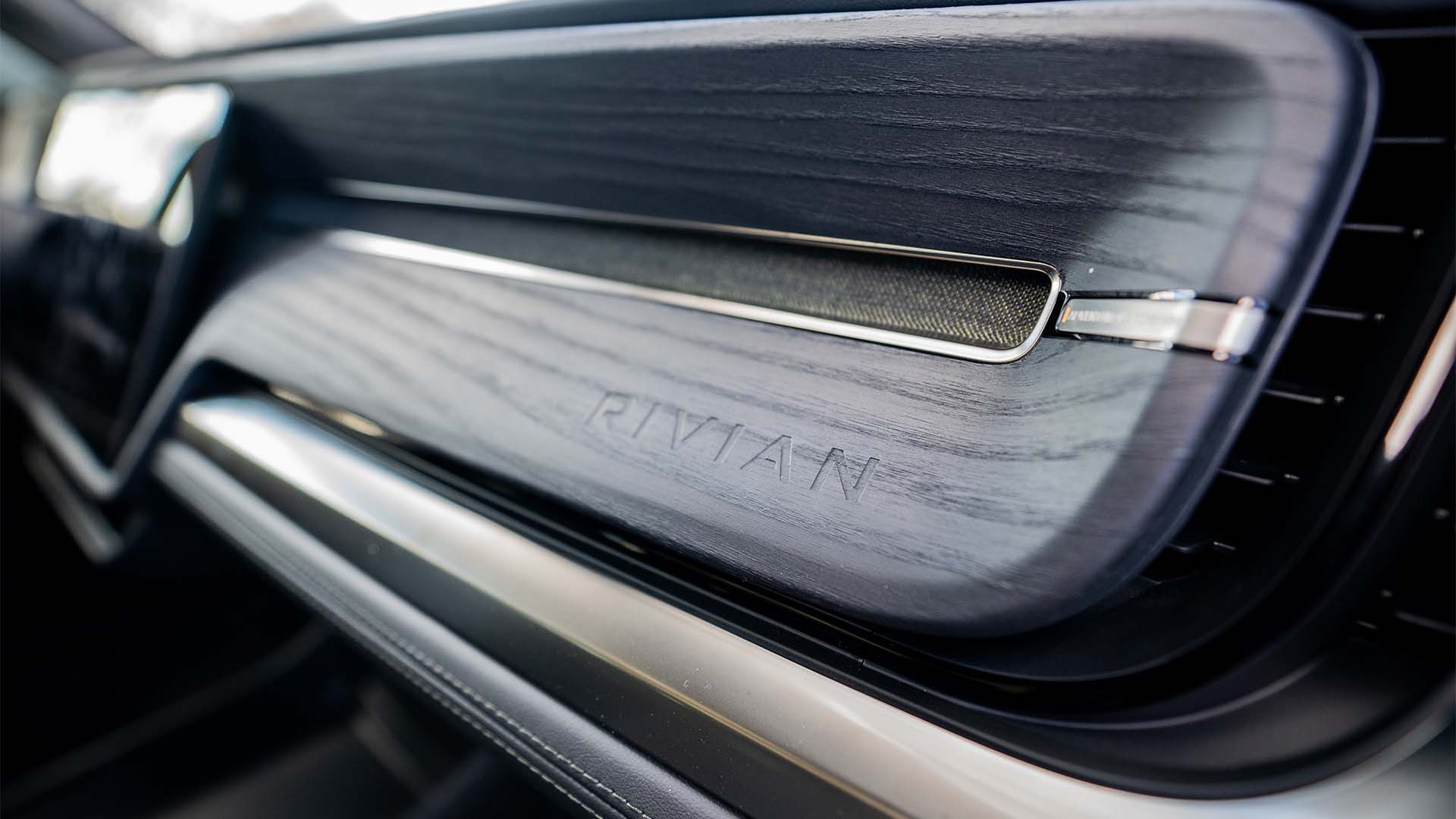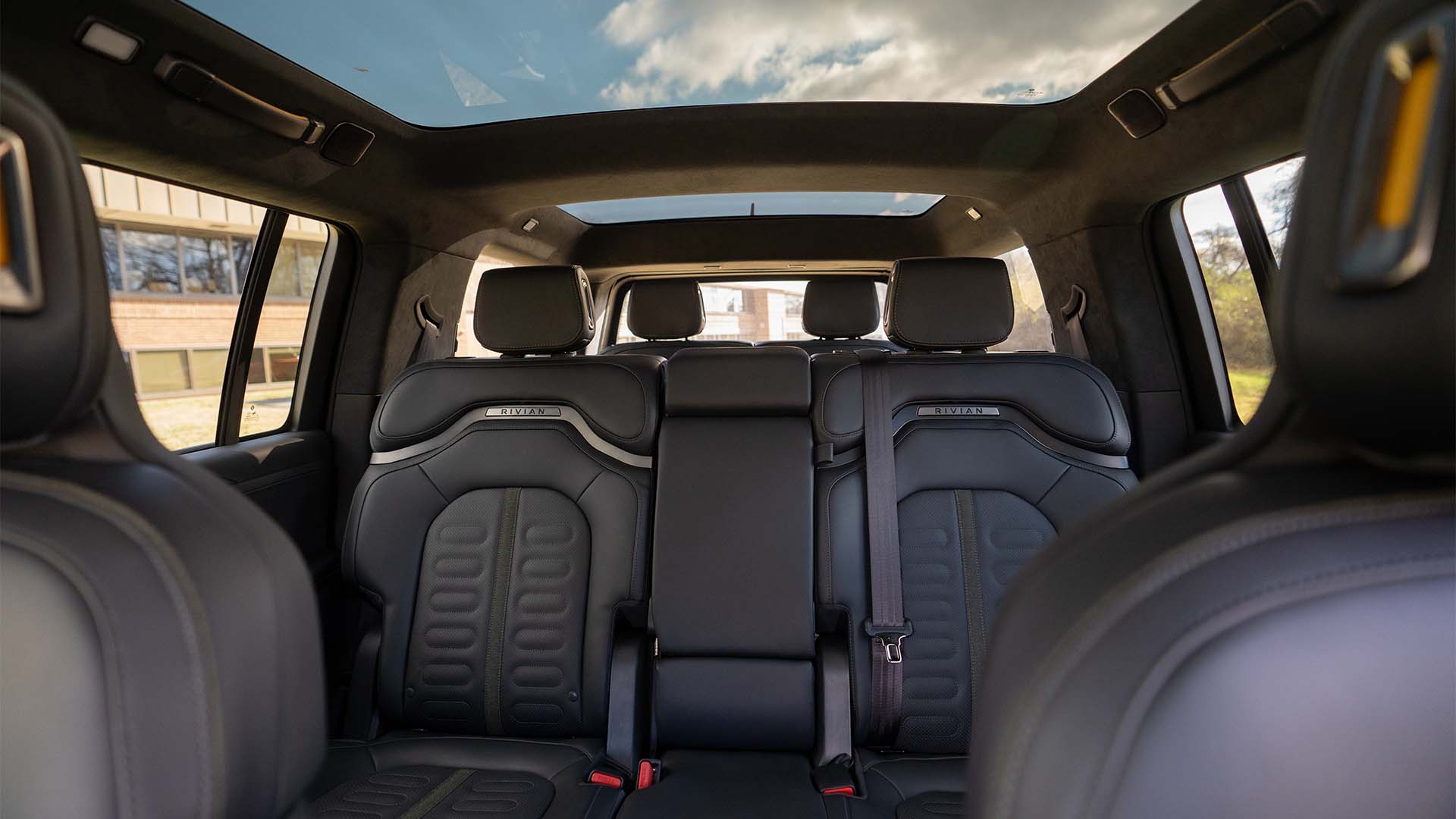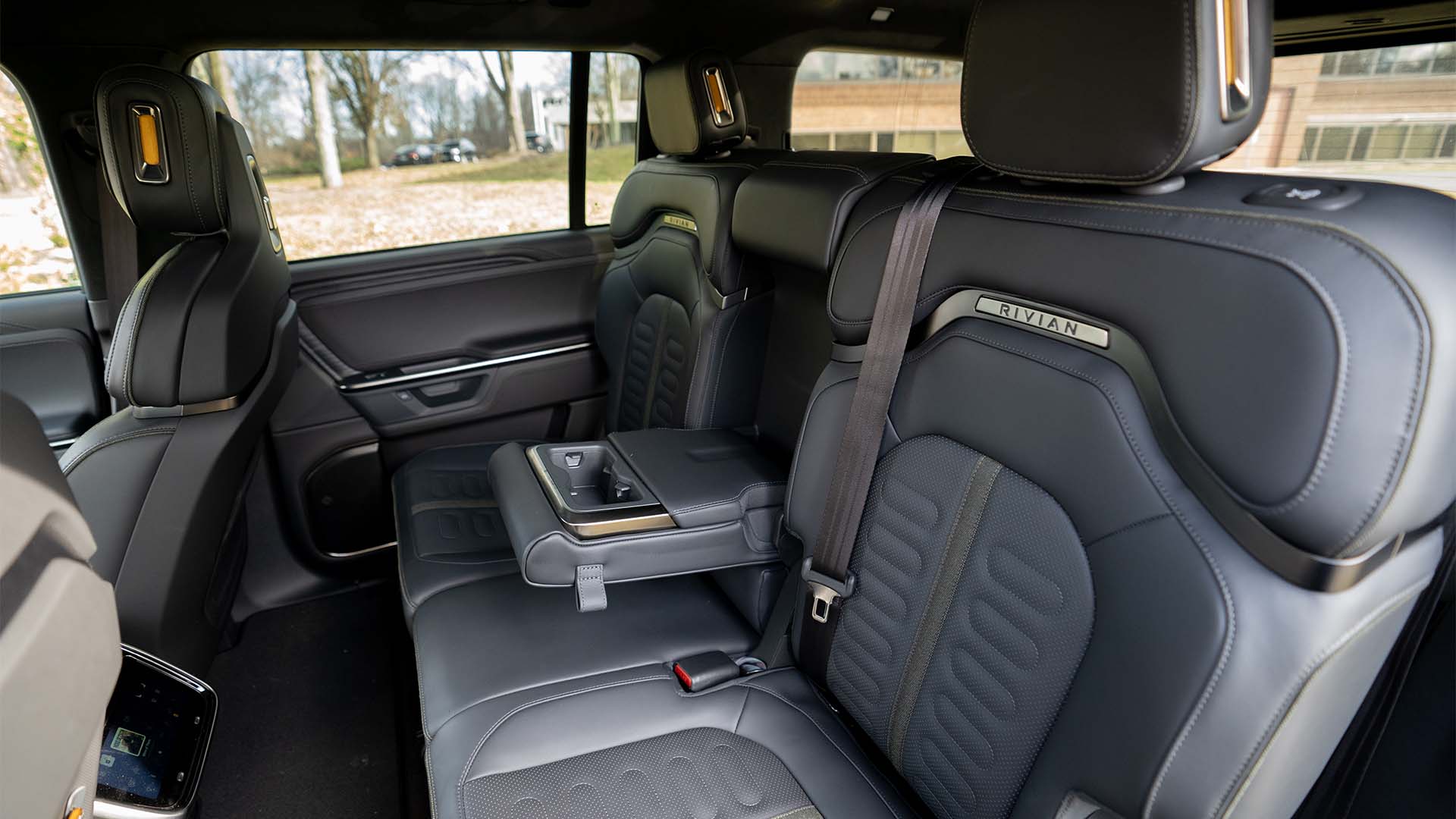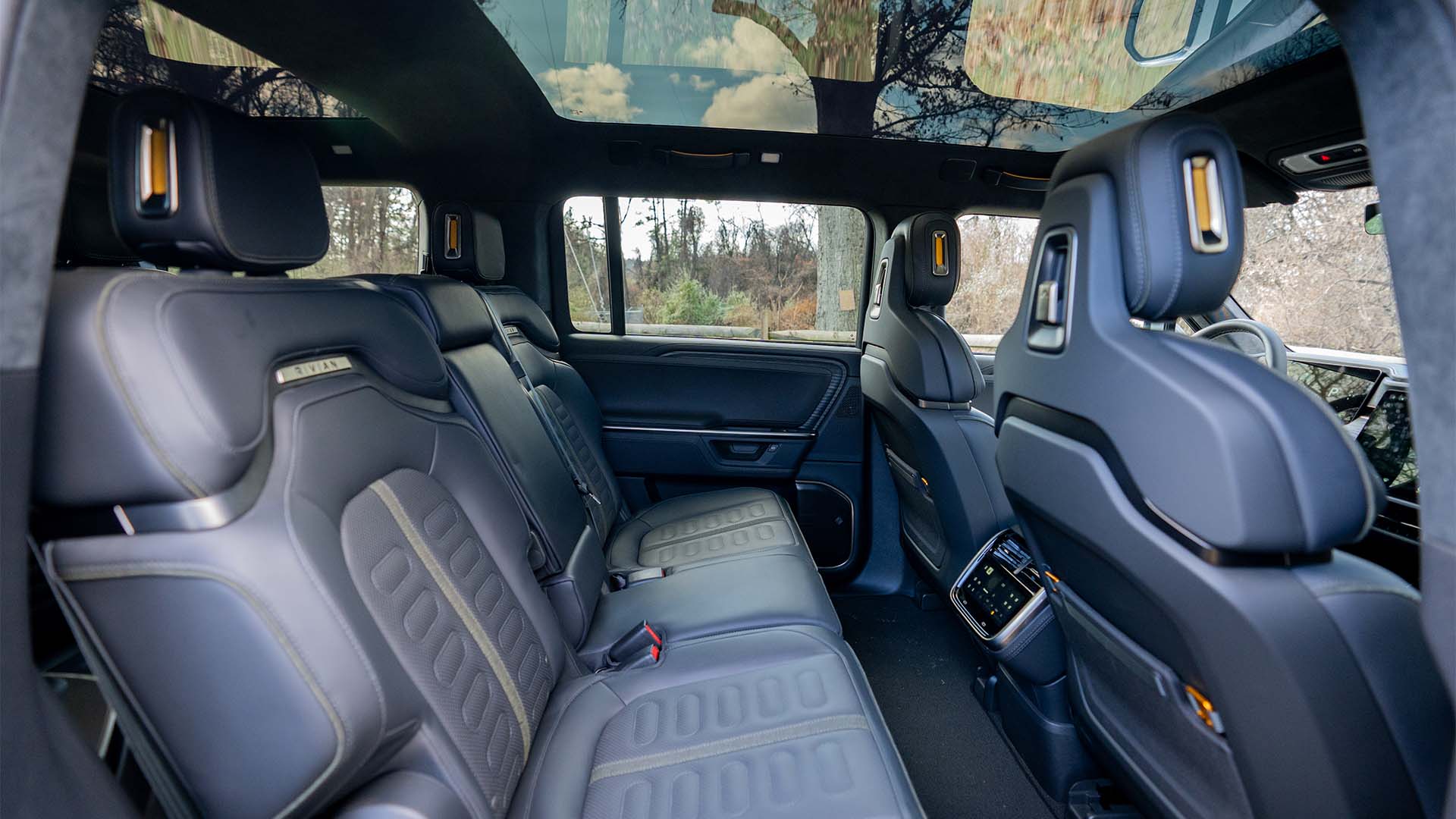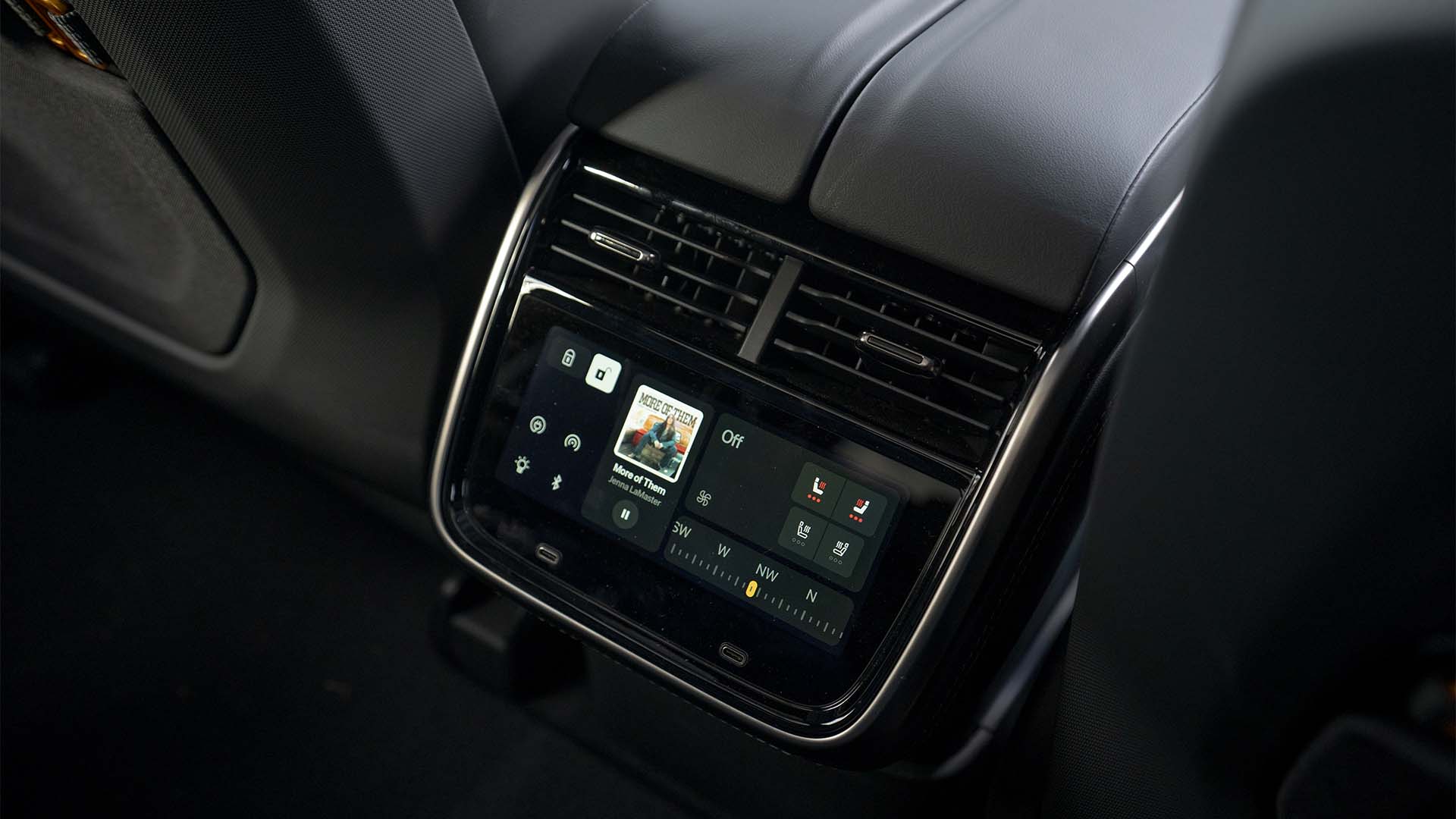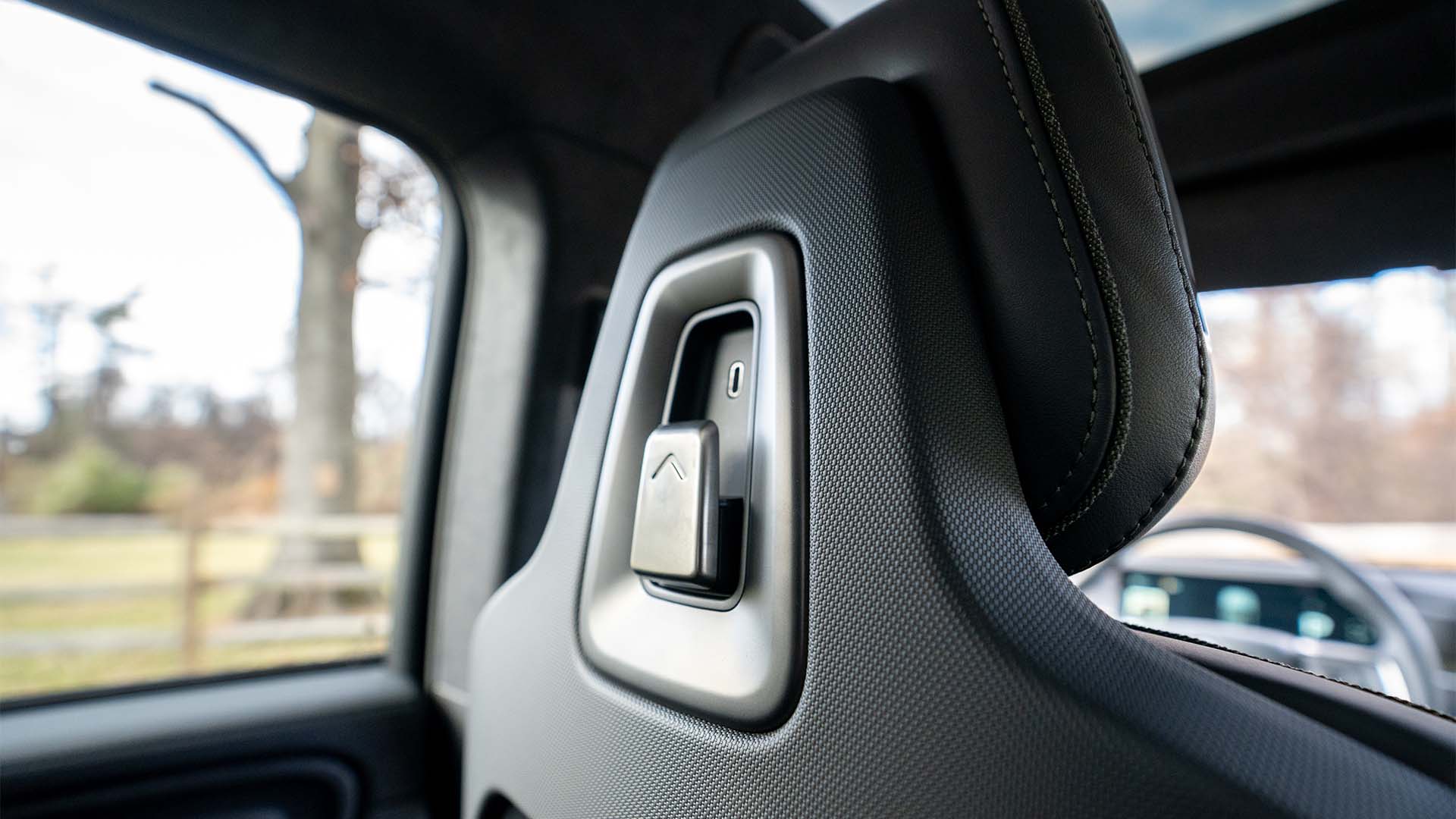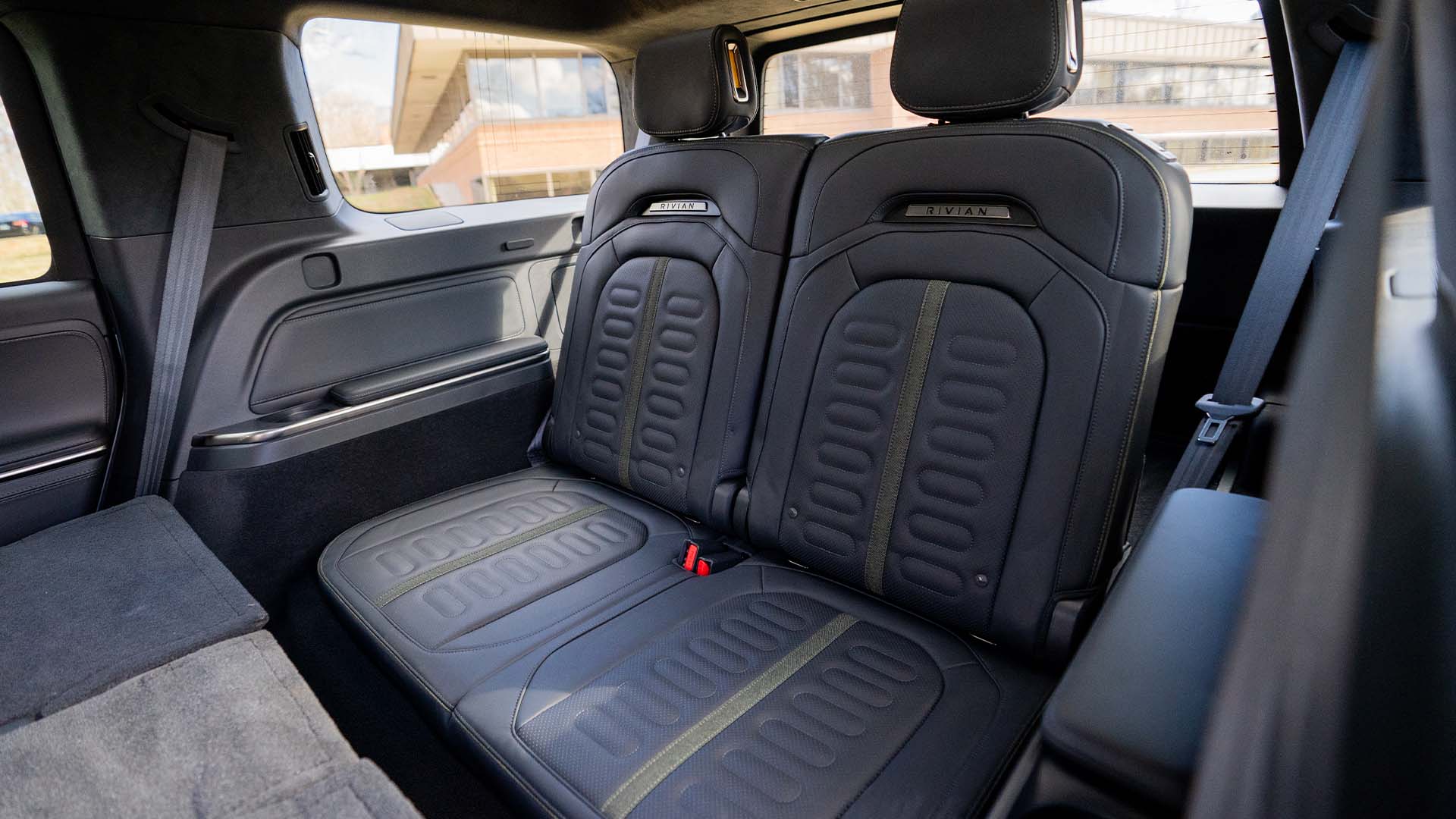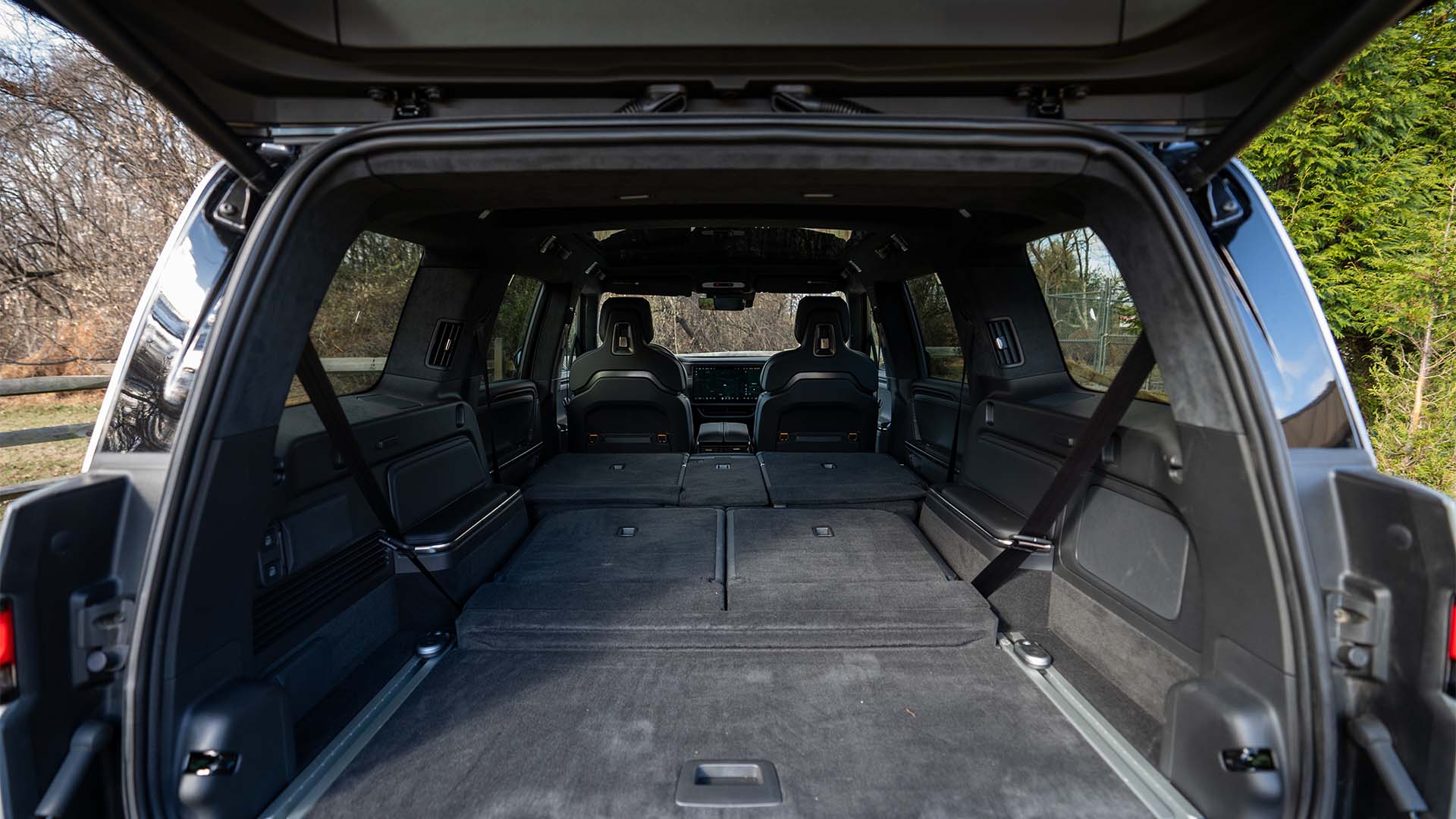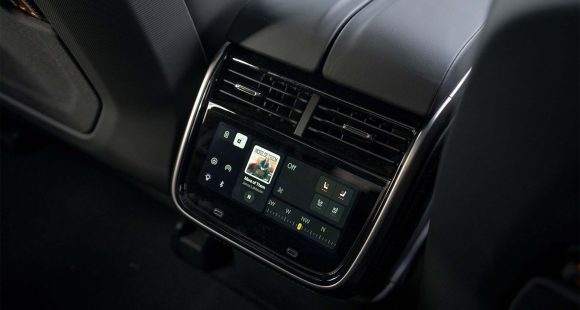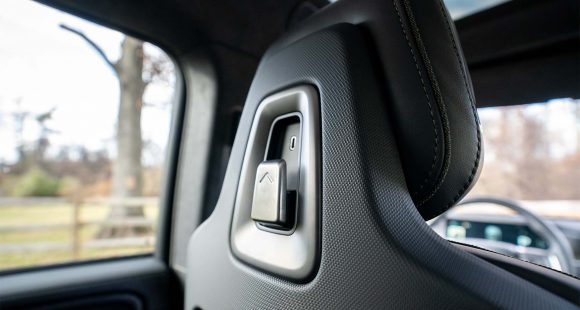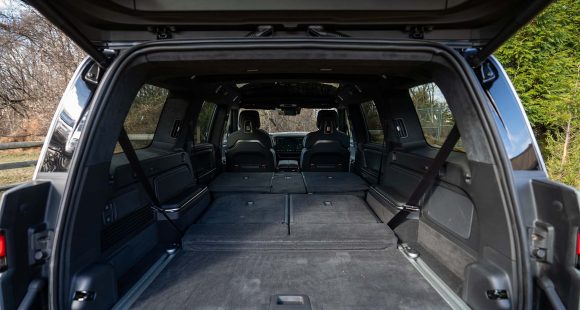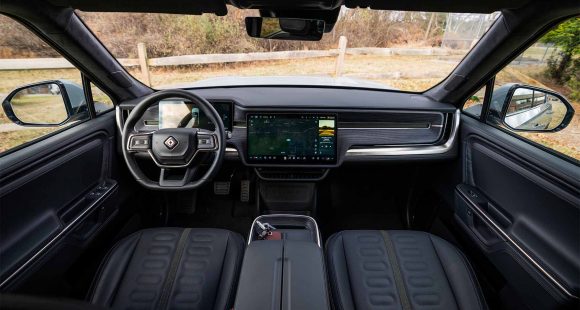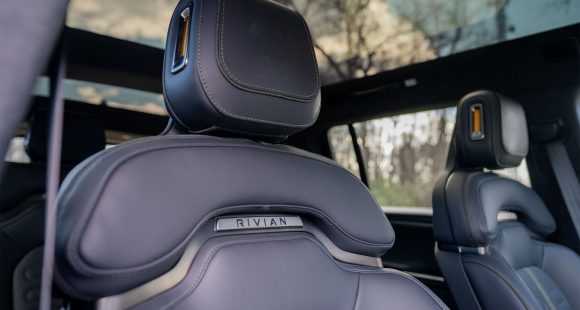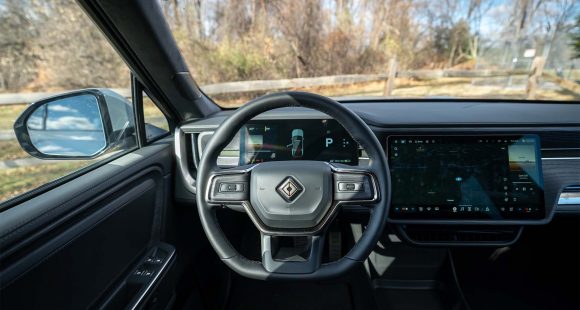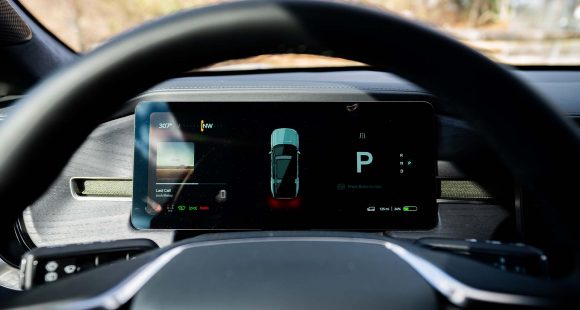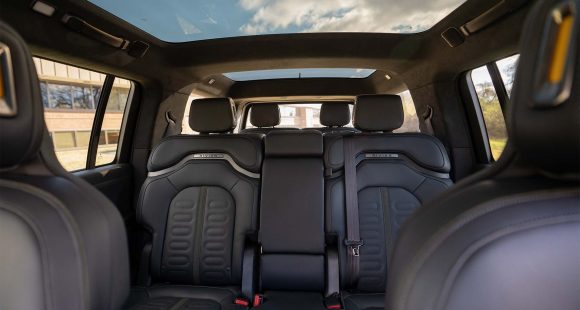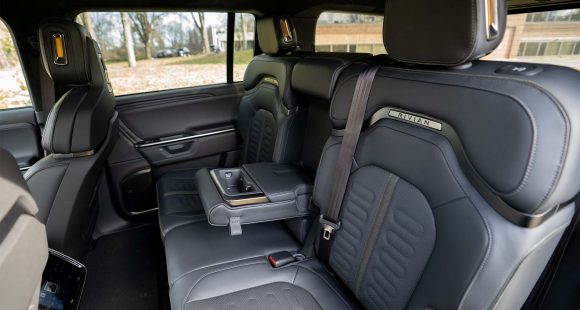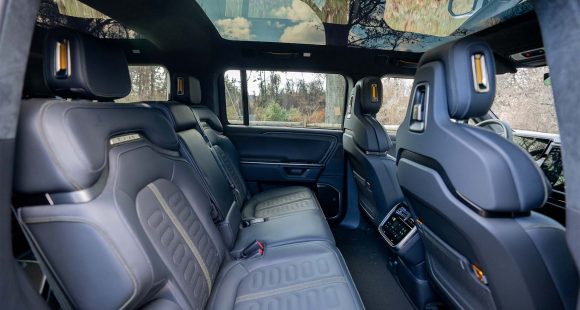2015 Alfa Romeo 4C Spider
You may have thought the all-business 4C sports car was an odd choice for Alfa Romeo to spearhead its return to the U.S. But, it clearly makes the point that performance will be paramount as Alfa goes forward here. And before the sedans and crossovers start trickling in, they’ve given us one more treat to sample, the 4C Spider.
As we’ve already noted, the minimalist Alfa Romeo 4C is not for everyone. And chances are this 2015 4C Spider will also have limited appeal. But, those willing to take a chance on either, will be slipping into something special indeed.
In mid-engine drop-top roadster fashion, the Spider in the name refers to the removable roof panel. When you take it off, the resulting open air space above you may be minimal, but it only adds to the purely exhilarating experience of the 4C.
 Actually, the standard cloth top is the definition of minimal and rather flimsy. While removal is step intensive, it’s not difficult. Best option, just keep it off and the car parked in the garage on rainy days.Or go for the optional carbon fiber hardtop.
Actually, the standard cloth top is the definition of minimal and rather flimsy. While removal is step intensive, it’s not difficult. Best option, just keep it off and the car parked in the garage on rainy days.Or go for the optional carbon fiber hardtop.
Top on or off, once underway, the Spider feels plenty solid and secure. It’s also surprisingly quiet with the top on.
And no matter what is or isn’t keeping the rays off your dome, this car is still the only new car that delivers the “road rushing at you sensation” of 60’s era exotics.
It feels fast, but not struggling to keep it under control fast. Like most lightweight roadsters, it’s all about getting through corners quickly not necessarily making it to the next one in a hurry.
Keeping with the theme, the interior is equally unembellished, even resorting to a non-intuitive aftermarket Alpine which had no satellite radio, but did include Pandora.
Seats offer just enough comfort and there’s plenty adequate room inside to operate. Our taller drivers had a hard time seeing all of the gauges; which is a shame as they are pretty darn cool.
 Oh yeah, there are things to nitpick, but barely, and in doing so you’re mostly missing the point of the car. There’s limited luggage space, though, unlike many convertibles, the top takes up very little of it.
Oh yeah, there are things to nitpick, but barely, and in doing so you’re mostly missing the point of the car. There’s limited luggage space, though, unlike many convertibles, the top takes up very little of it.
While at just 1.7-liters of displacement, you might think the turbo power plant diminutive as well, but it has surprisingly more guts than the 237-horsepower number would indicate. And you’ll absolutely enjoy wringing all 258 lb-ft. of torque out of it.
Same as the Coupe of course, as are the 6-speed twin-clutch transmission and DNA dynamics selector, which allows you to choose between All-Weather, Natural, Dynamic, and Race settings. There’s no doubt it gets up to speed in a hurry, not exactly in a high dollar exotic car kind of way; more of a snarly tiny terror as it hits 60 in 4.3-seconds, just as in the only 22 lbs. lighter Coupe.
The gearbox shifts impeccably whether in manual or auto mode, and gear spacing is right on; with 3rd gear being the real workhorse. Despite an identical start, we managed to clear the ¼-mile a 10th quicker than the hard top at 12.9-seconds and 107 miles per hour.
 When you keep the throttle pinned in this car, all of your senses are fully engaged; the noises that it makes are truly magnificent. Steering is still fully manual, and the car stays flat as the proverbial pancake.
When you keep the throttle pinned in this car, all of your senses are fully engaged; the noises that it makes are truly magnificent. Steering is still fully manual, and the car stays flat as the proverbial pancake.
But that’s just the start of the overused clichés we’ll apply here… turns on a dime… handles like it’s on rails… feels like a go-kart… …pick your favorite.
Brakes are perfect as well. Stops from 60 averaged just 90-feet, with super short pedal travel, good feel, and hardly any nose dive.
Outside of the roof, nothing changes to the exterior design. It still has the ¾-scale “exotic Italian by way of Lotus” look that makes it a visual winner.
Standard staggered 17/18-inch wheels can be upgraded to 18/19’s; but keep in mind the performance tires can be a handful on wet roads, they also find every groove in the pavement. And since there’s a direct connection to the steering wheel, you’ll be clued in immediately.
 Government Fuel Economy Ratings are the same as in the hardtop, 24-City, 34-Highway, and 28-Combined. We managed a very good 32.7 miles-per-gallon of Premium. So the Energy Impact Score is better than average, with 11.8-barrels of annual oil consumption with 5.2-tons of CO2 emissions.
Government Fuel Economy Ratings are the same as in the hardtop, 24-City, 34-Highway, and 28-Combined. We managed a very good 32.7 miles-per-gallon of Premium. So the Energy Impact Score is better than average, with 11.8-barrels of annual oil consumption with 5.2-tons of CO2 emissions.
If we didn’t already love the 4C enough, the Spider’s base pricing of $65,495 had us seriously contemplating refinancing our debt, finding a dealer, and putting some serious money down.
Back to essence, not necessarily back to basics, is what the 2015 Alfa Romeo 4C Spider is all about. It is not minimalism for the sake of it. But, it is maximizing driving pleasure by encapsulating the spirit of the 60’s exotics in modern hardware. A winning formula that more people need to take advantage of.
Specifications
- Engine: 1.7 liter
- Horsepower: 237
- Torque: 258 lb-ft.
- 0-60 mph: 4.3 seconds
- 1/4 mile: 12.9 seconds @ 107 mph
- EPA: 24 mpg city/ 34 mpg highway
- Energy Impact: 11.8 barrels of oil/yr
- CO2 Emissions: 5.2 tons/yr
2025 Rivian R1S
Major Reboot for Rivian R1S
With just about every mainstream carmaker now onboard with battery-electric vehicles, EV-only brands are hoping there are still plenty of people out there willing to think outside the box. So, let’s see if Rivians latest R1S utility can make the case for taking the EV road less traveled.
Big changes have happened in the short time since the Rivian R1S first hit the streets three years ago. As for 2025, there are updates that touch just about every aspect of the vehicle. Yes, despite looking almost exactly the same outside, Rivian claims that beneath the surface, their entire electrical architecture has been significantly updated, eliminating a whopping mile and a half of wiring and 10 computer assemblies, allowing for more efficient operation.
But look closely and you will see their signature vertical oval headlights are updated with a new matrix of LED lights that can cycle individual elements on and off to provide maximum illumination where you need it without distracting oncoming drivers.
Not much change in the look of the interior either, but the synthetic leather upholstery is still very nicely done, though most touchpoints feel more rugged than luxury minded. With the exception of a couple controls on the steering wheel, you do still have to do almost everything on the R1S’s 15.6-inch touchscreen, but the user interface has been improved. So, while we do wish they could have reverse-engineered a knob or two into the mix, we realize full touchscreen interface is just what people expect in their high-end EVs these days, and at least it works better than before. And the gauge display still wows you with the amount of information it displays and is mounted high enough that no additional head-up display is needed. A new Rivian Autonomy Platform uses 11 cameras, five radars and A.I. for self-driving, or just to monitor what’s going on around the vehicle even when it’s parked.
This [EV] really feels fast, sitting you up high and throwing you back in your seat with authority.
Rivian has also given the R1S a substantial suspension revision with new spring rates, bushings, and mounts; along with new tuning for the adaptive dampers and roll-mitigation system. It does provide a more balanced street attitude, but it still rides like a truck. That’s great if that’s the experience you’re looking for; not as ideal if you’re looking for more of the smooth luxury-style treatment.
All R1Ss are all-wheel drive, but there’s a wide variety of powertrain options including a new Tri-Motor setup. Outputs range from the standard Dual-Motor’s 533 horsepower to the Quad-Motor’s impressive 1,025. There are several battery packs as well, delivering as much as 410 miles of range, giving the R1S the highest rating of any SUV on the market right now. Our Adventure trimmed tester featured the 665-horsepower Performance version of the Dual-Motor arrangement, with the Max battery and 20-inch wheels with all-terrain tires.
Theoretically, that setup is rated for 370 miles, but perhaps we were enjoying the “performance” theme too much as our results were well short of that, using 68% of the battery to drive only 189 miles, putting our estimated range around 278 miles. Using 43 kilowatts of electricity for every 100 miles earns the R1S a fair efficiency rating.
But all was forgiven at our Mason Dixon test track when this Rivian started blasting us to 60 in 3.8 seconds. Yes, there are faster EVs, but this one really feels fast, sitting you up high and throwing you back in your seat with authority, while the rear of the truck squats down substantially before hurling you off the line and down the track. Power delivery stayed strong the entire time, cranking away until we cleared the quarter-mile in 10.5 seconds at 108 mph.
Despite this utility’s substantial size and weight, we were able to keep a pretty fast pace through the cones of our handling course. The all-terrain tires obviously didn’t grip the pavement as well as all-seasons would, but the low center of gravity kept things very flat. Yes, it does feel very heavy, but the brakes were more than up to the task, stopping us from 60 mph in a very short 103 feet with surprisingly little nosedive and no fade.
Pricing starts at $77,700 for the Dual-Motor with Standard battery pack; our Dual-Motor Performance with the Max battery and All-Terrain Package came in just over $102,000.
While Rivian has had great initial success; sustaining that success will be a much tougher task. But, if they continue to put as much effort into improving their products as they have here with the 2025 R1S, we think their winning streak will only accelerate.
Specifications
As Tested
- Motor Setup: Dual Motor
- Battery Size: 141.5 kWh
- Horsepower: 665
- Torque: 829 lb-ft
- EPA Range: 370 miles
- 0-60 mph: 3.8 seconds
- 1/4 Mile: 10.5 seconds at 108 mph
- Braking, 60-0 (avg): 103 feet
- MW Test Loop: ~278 miles








